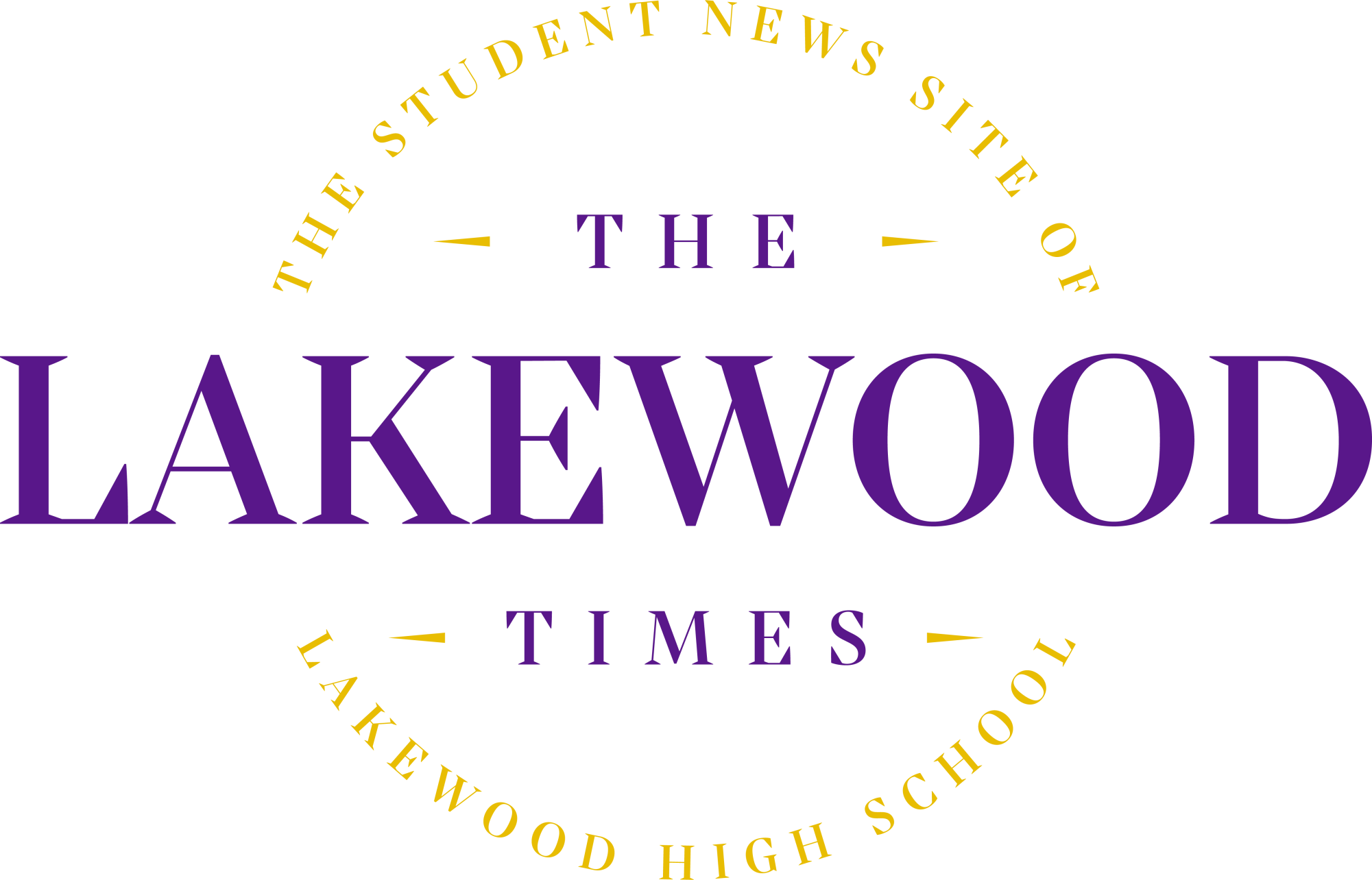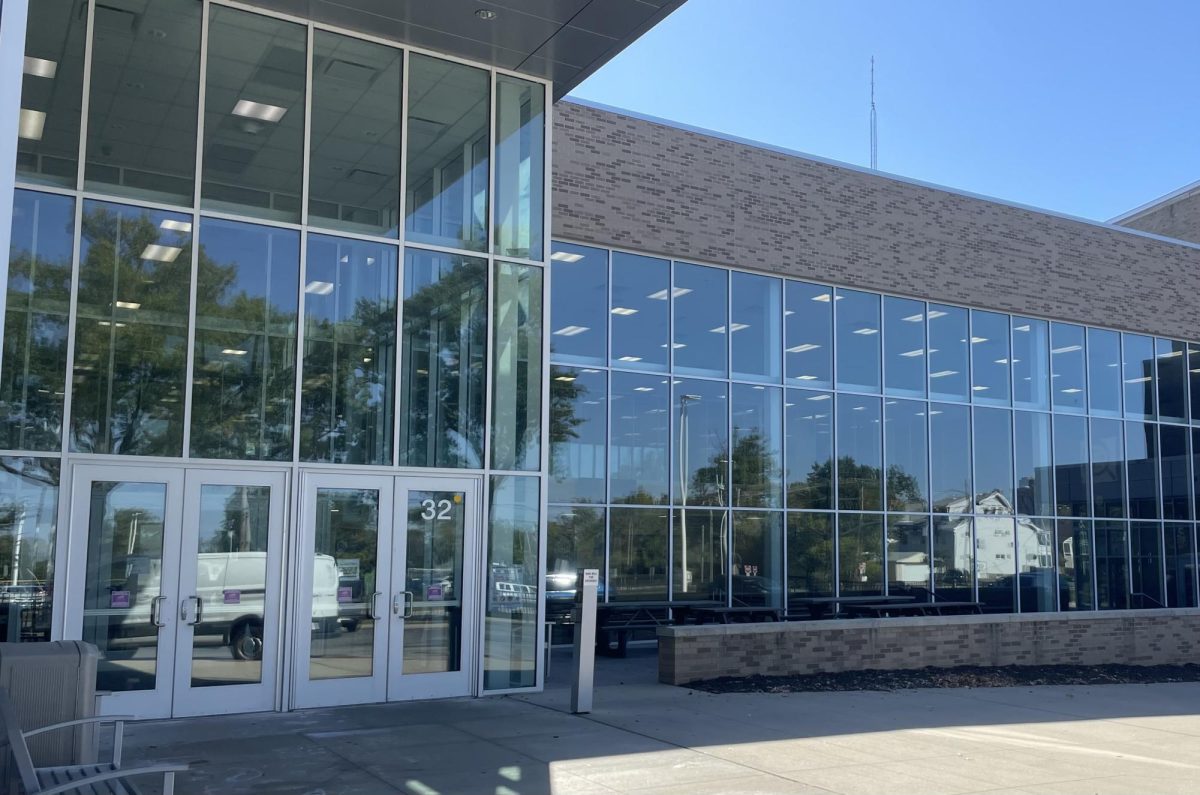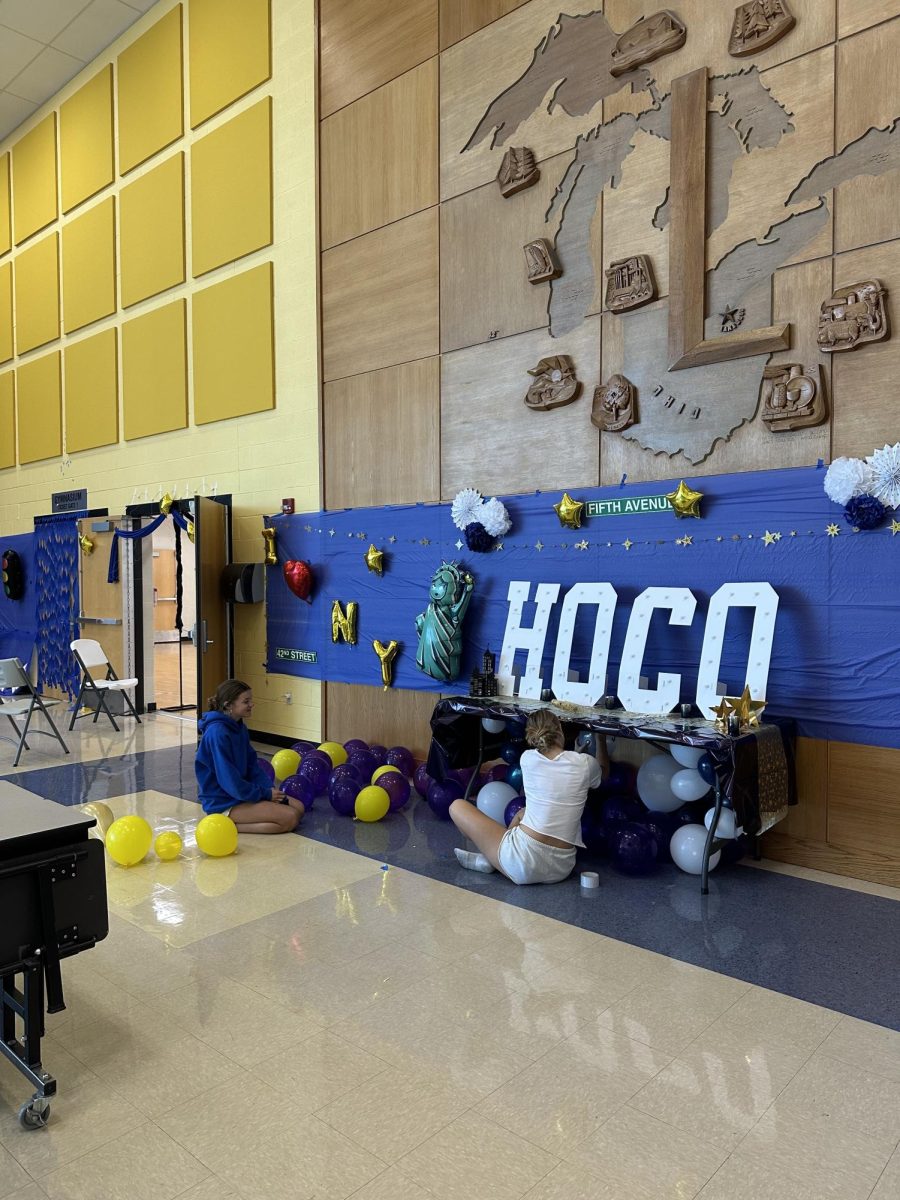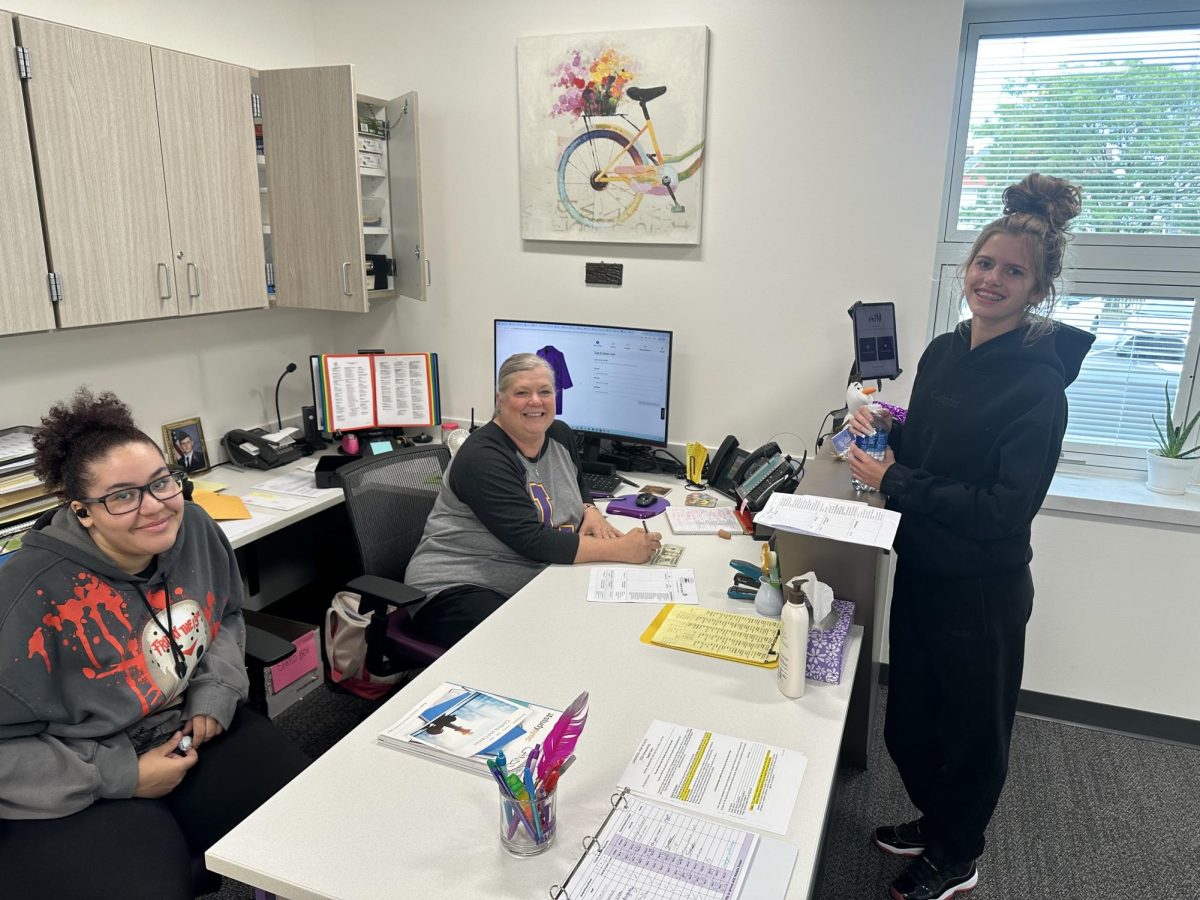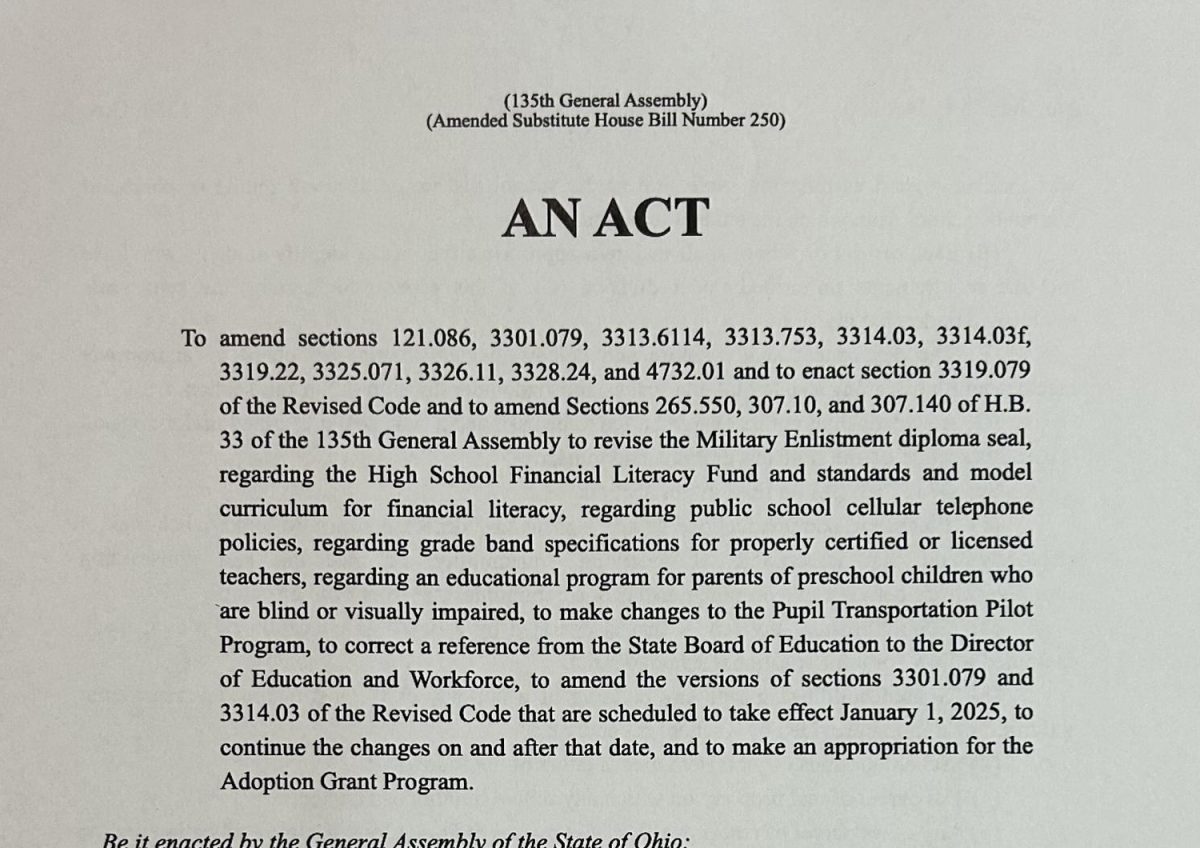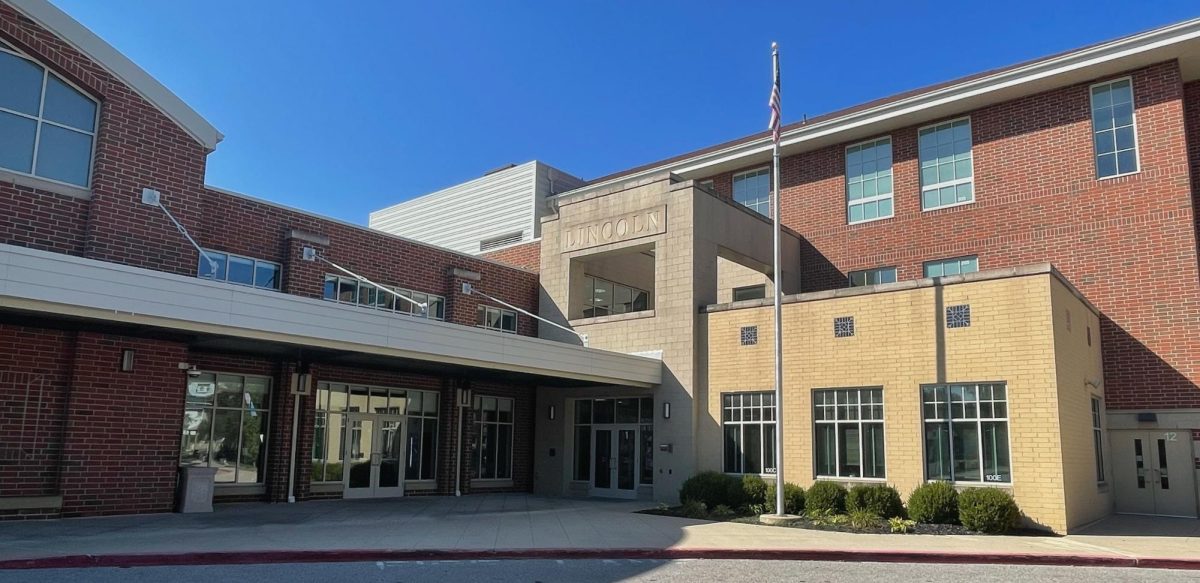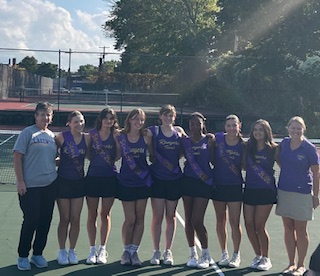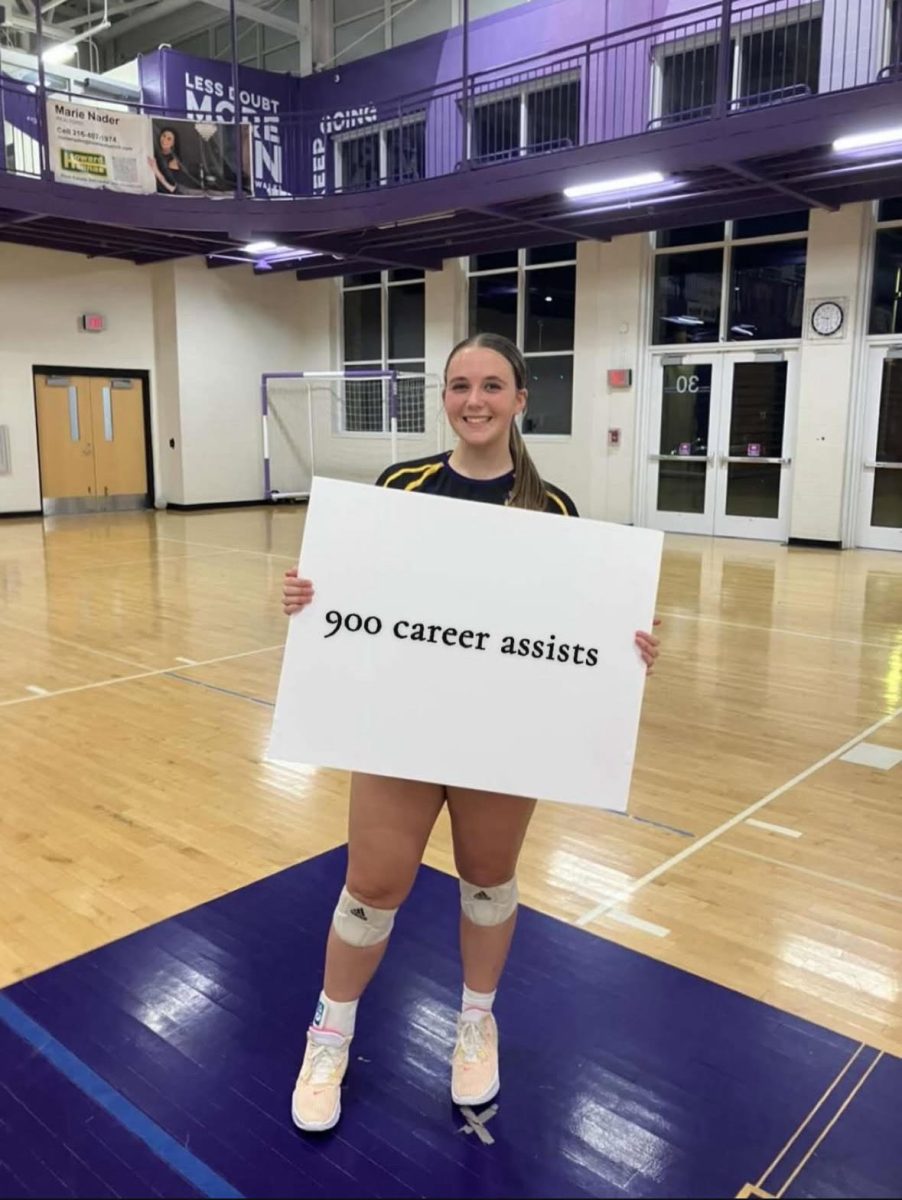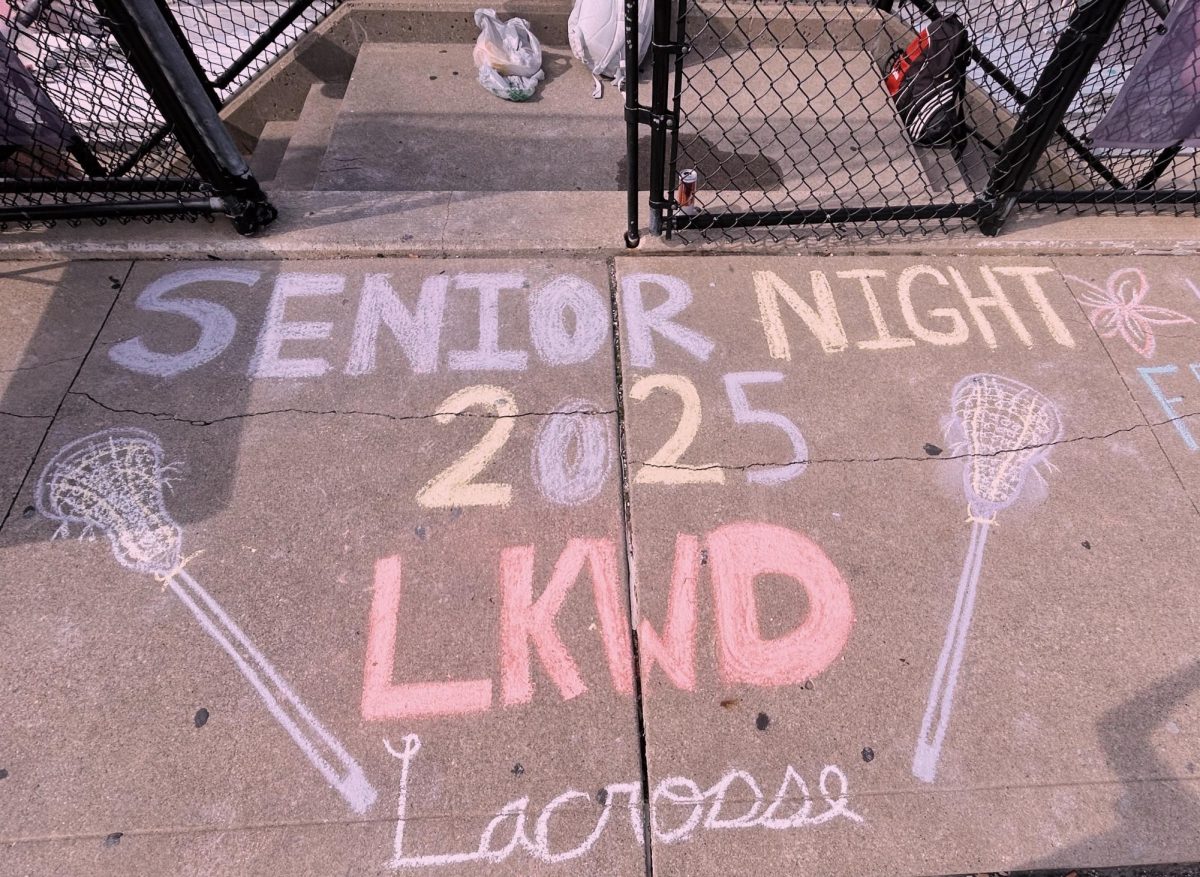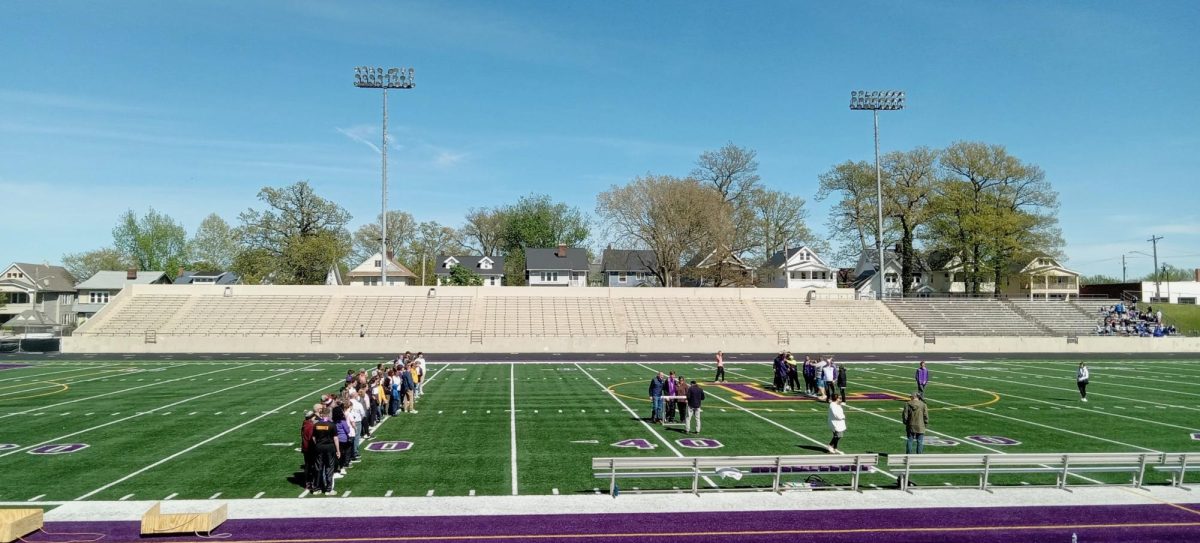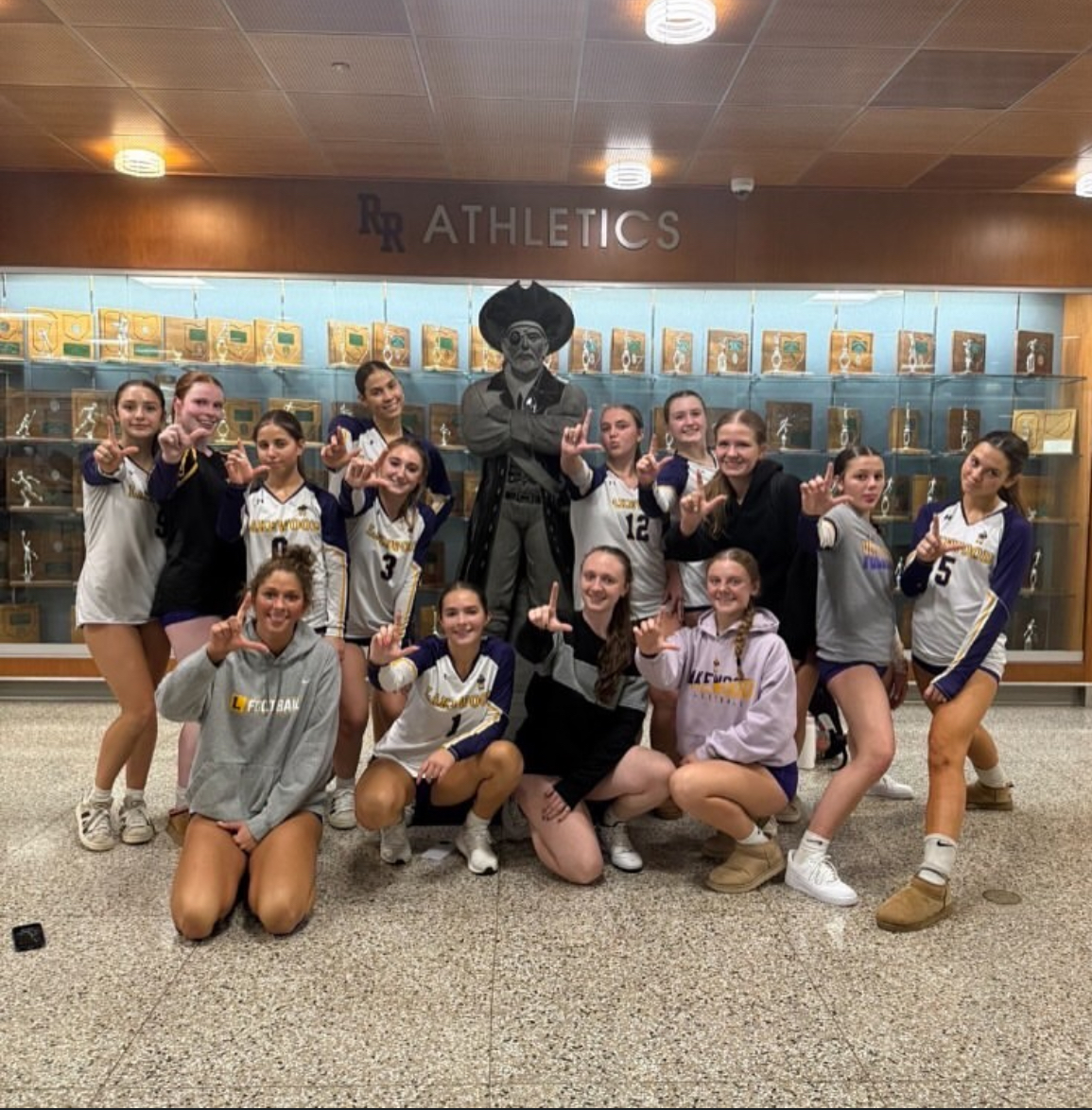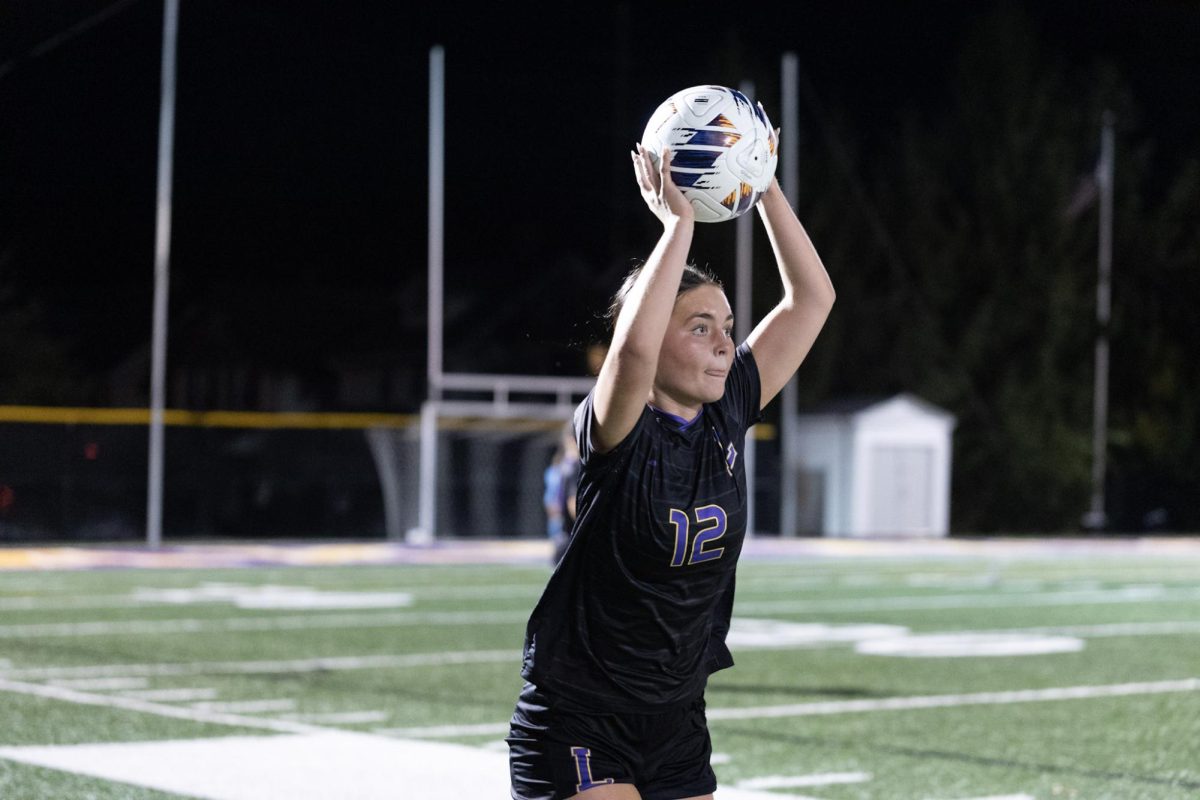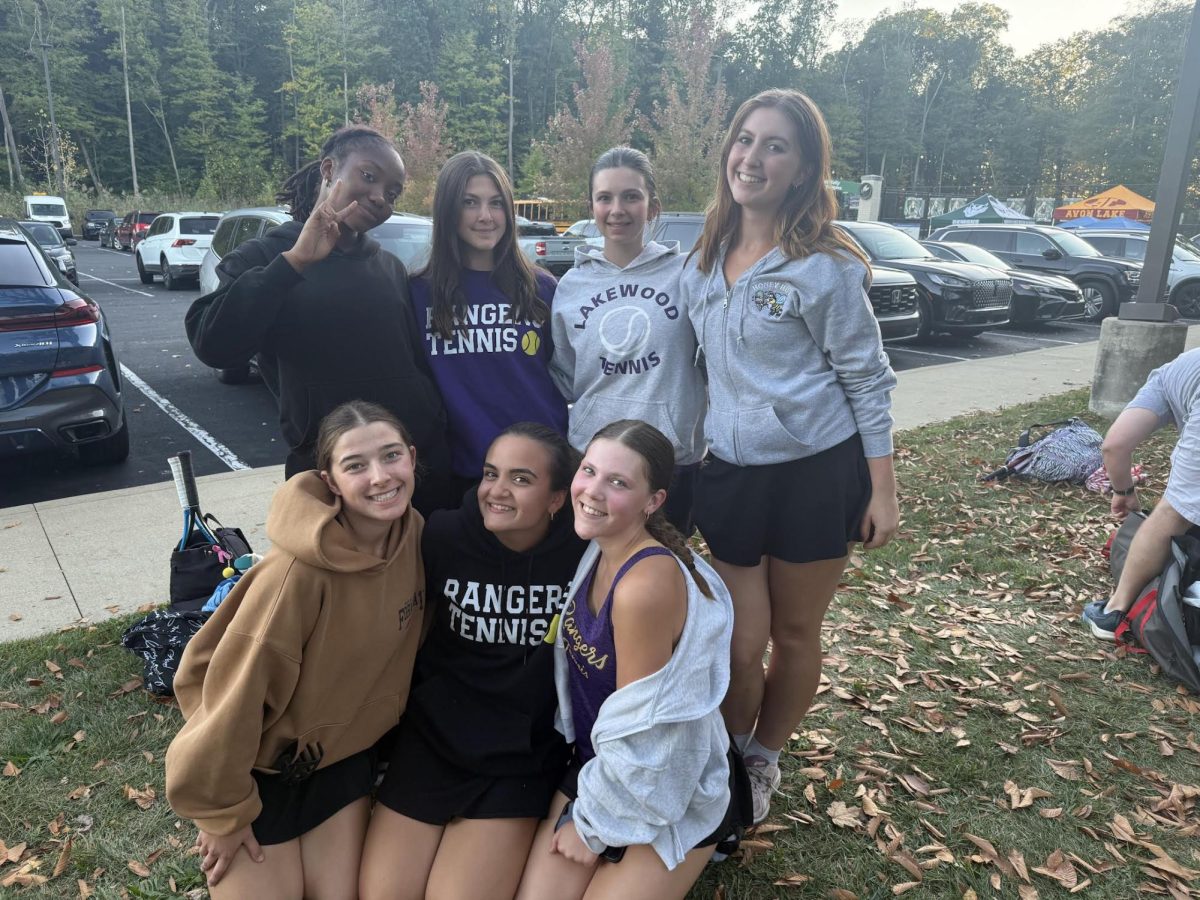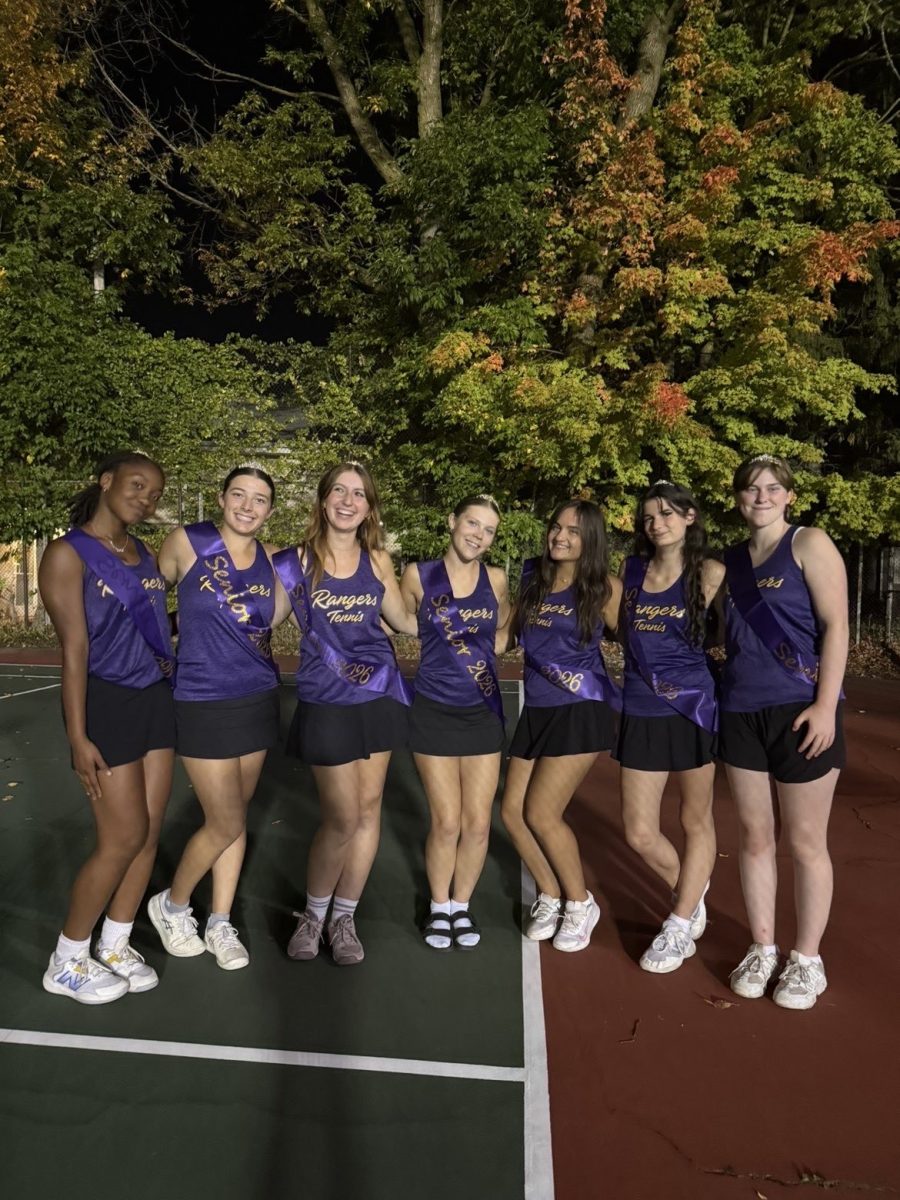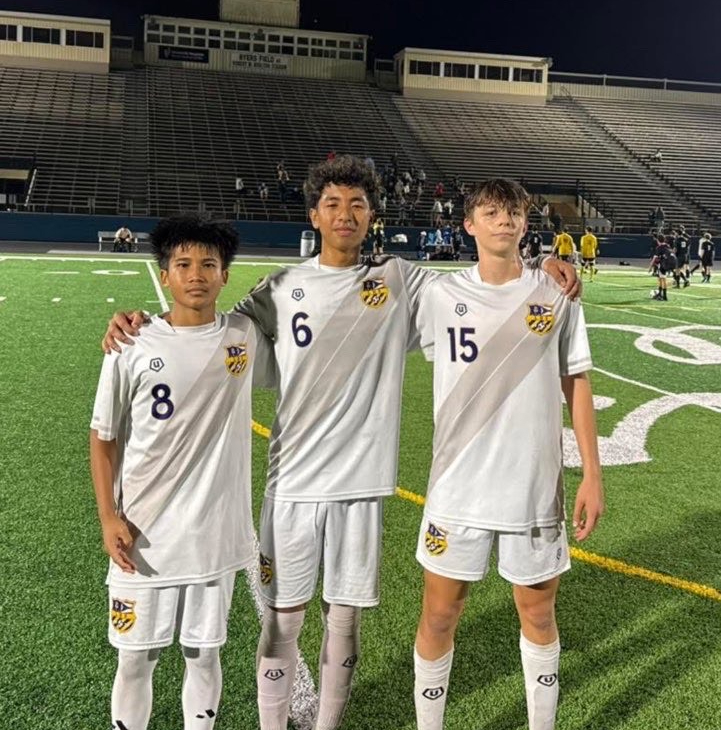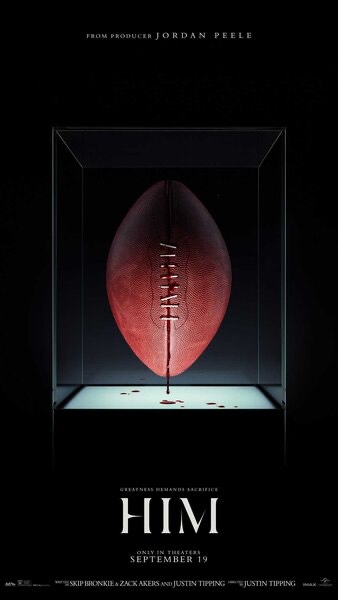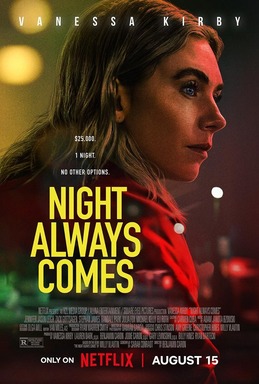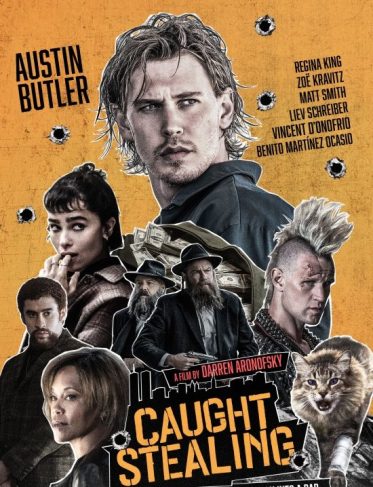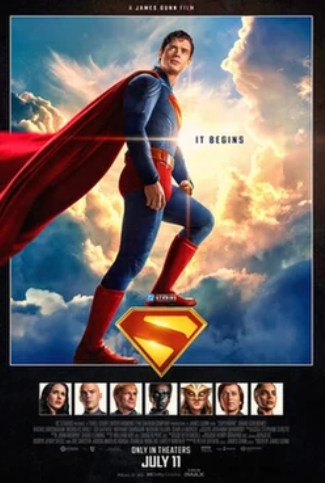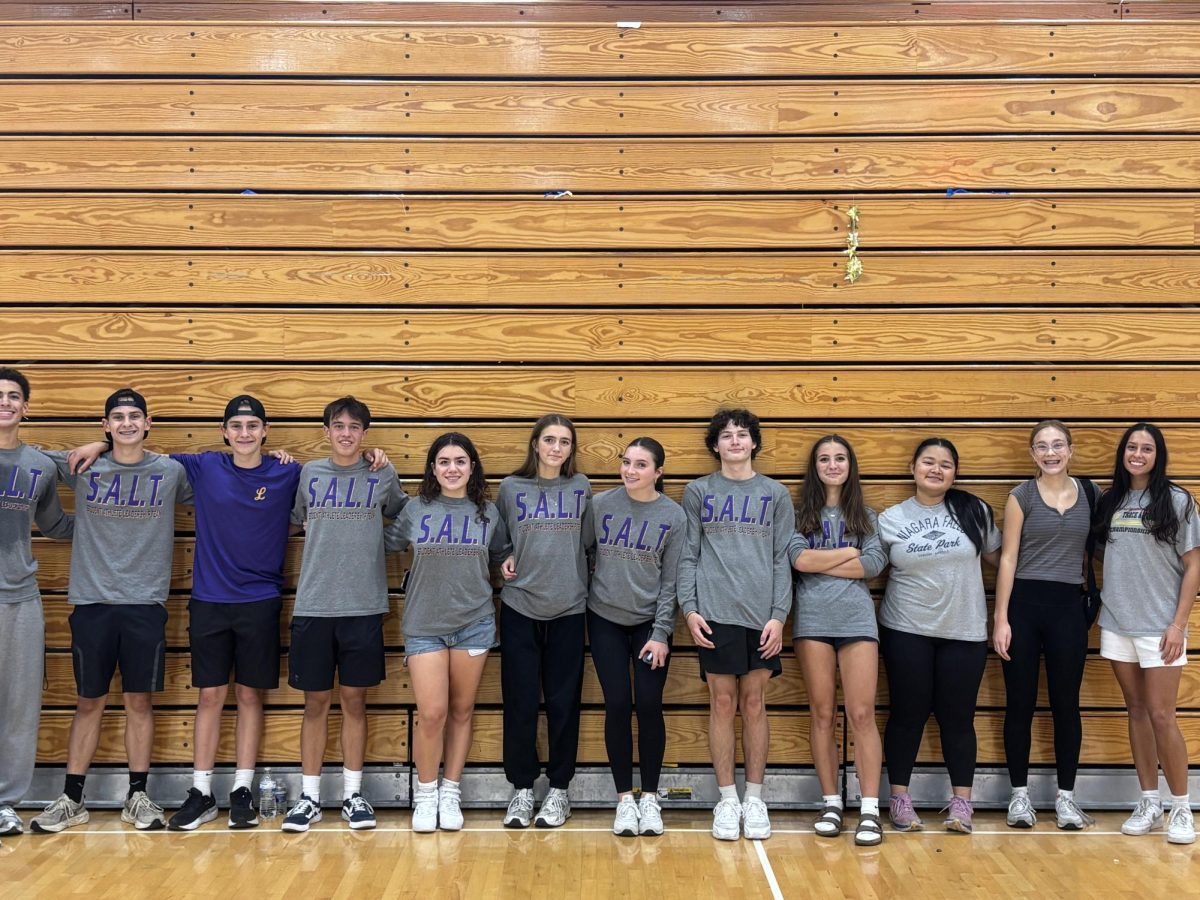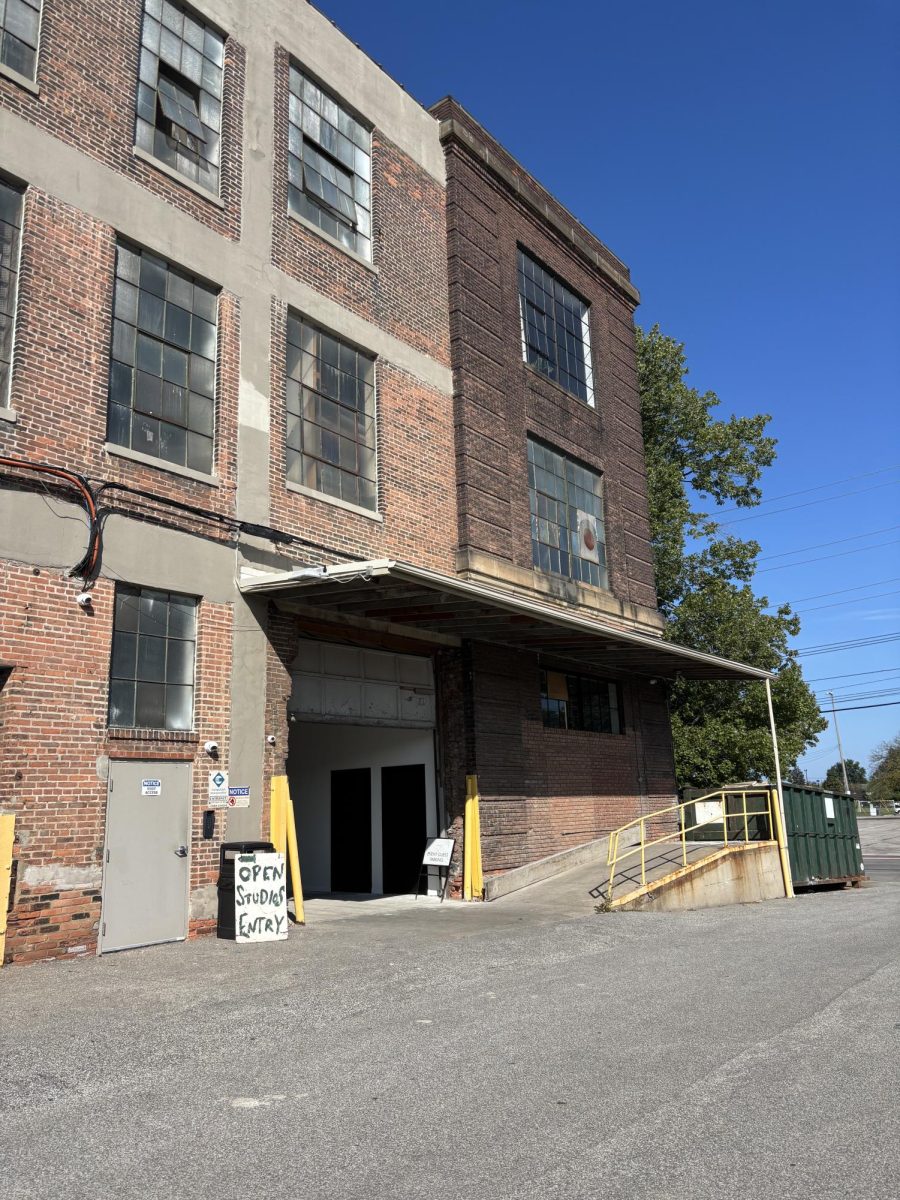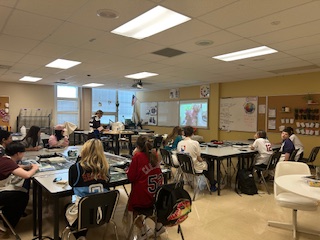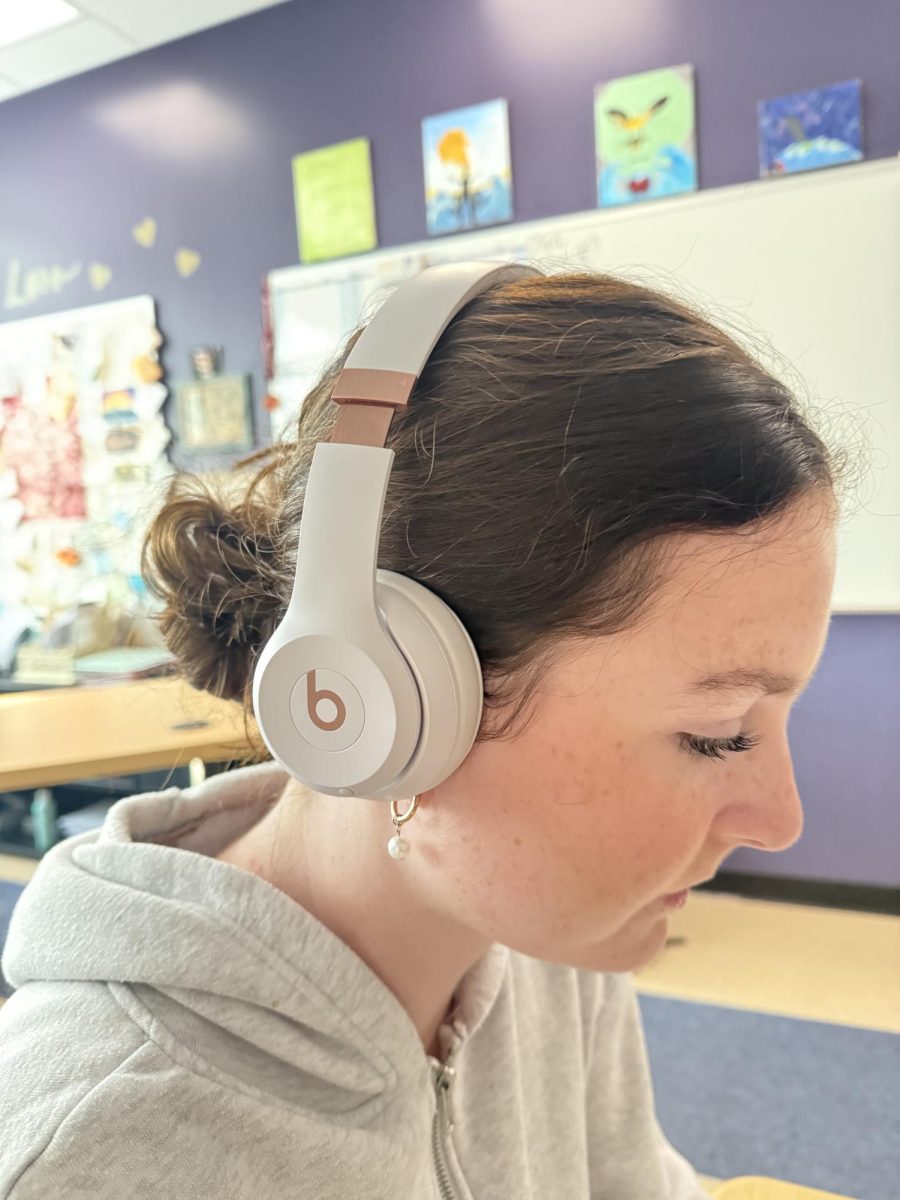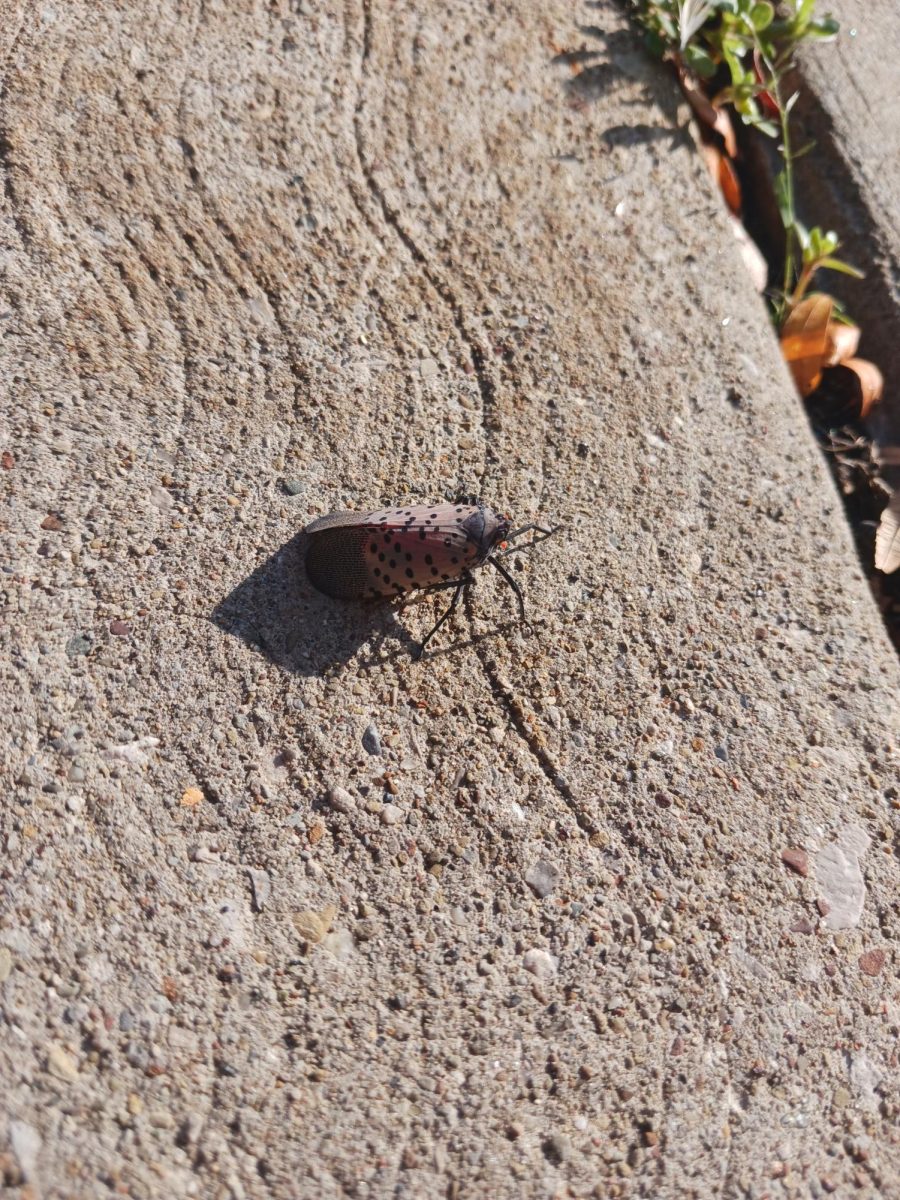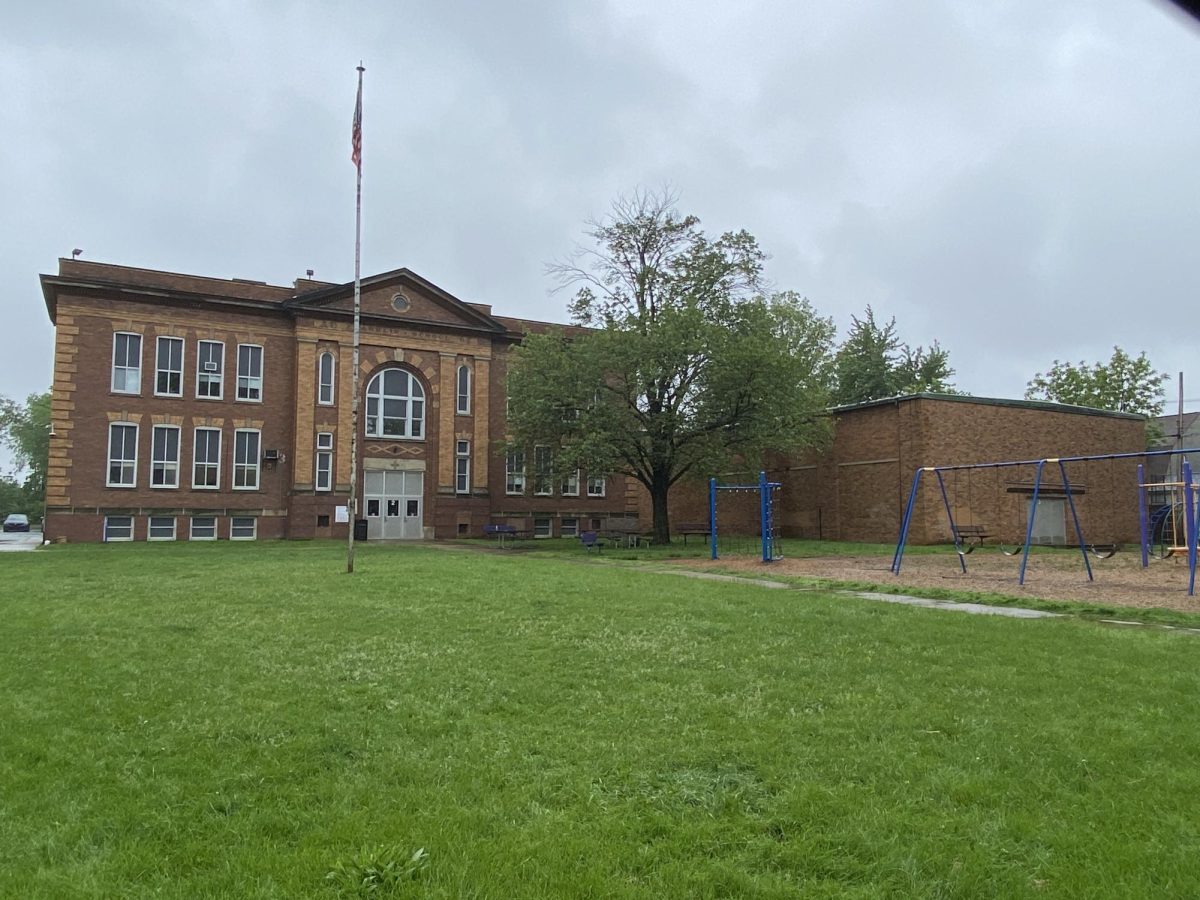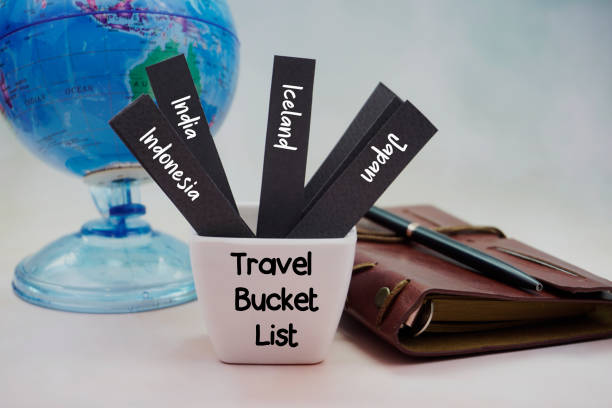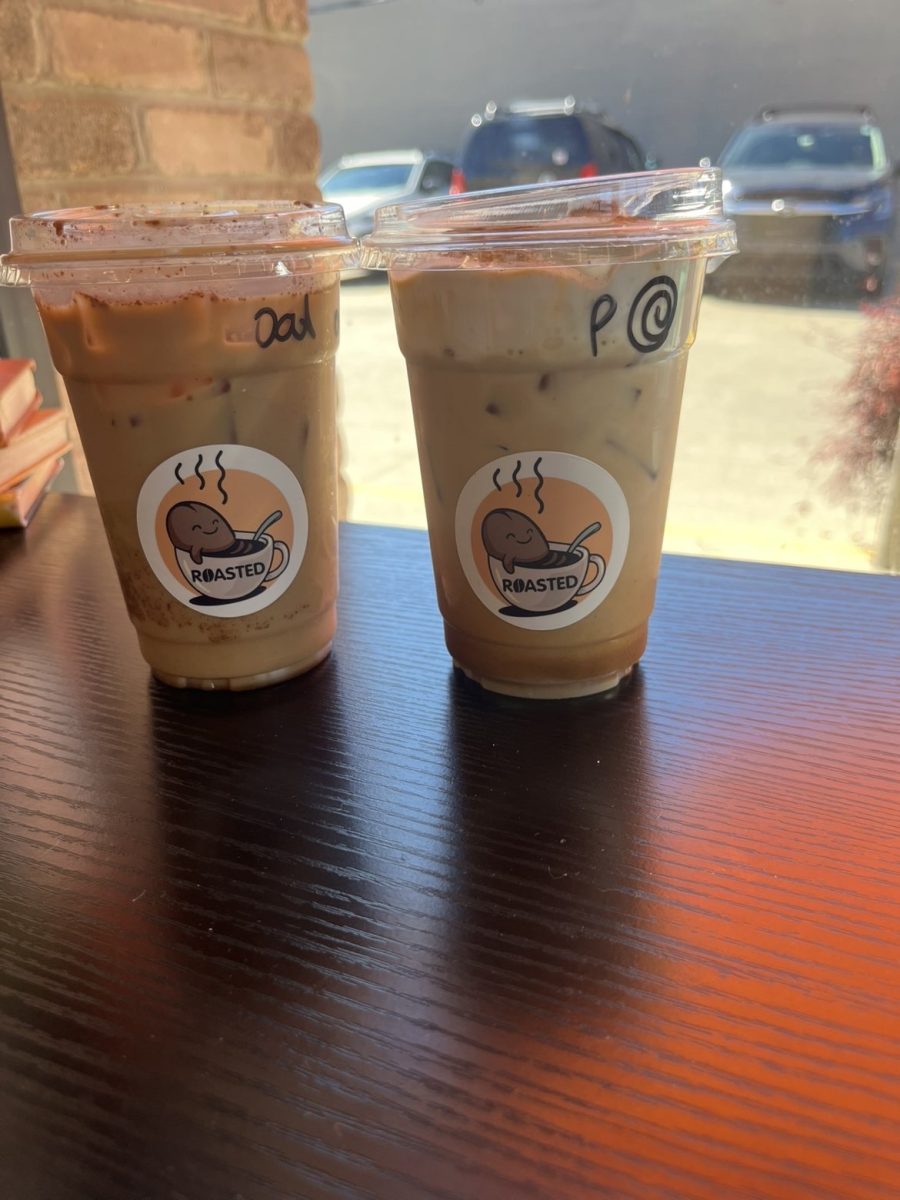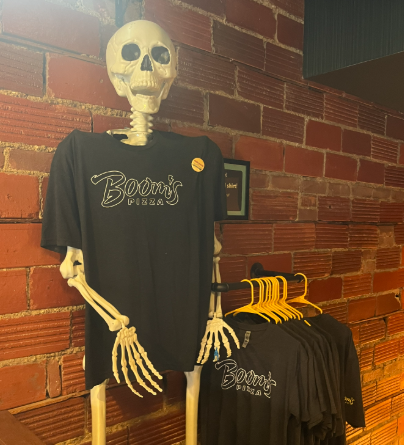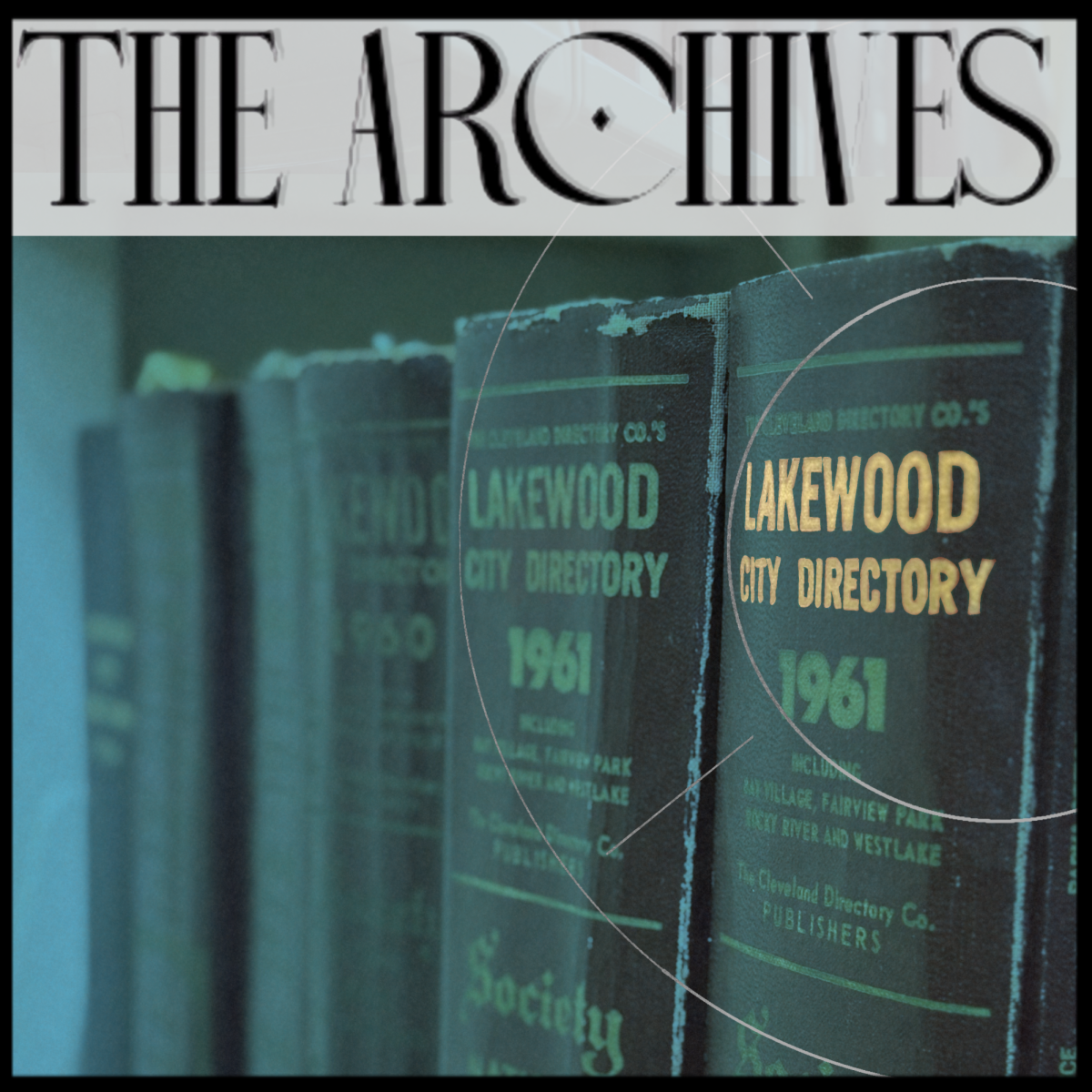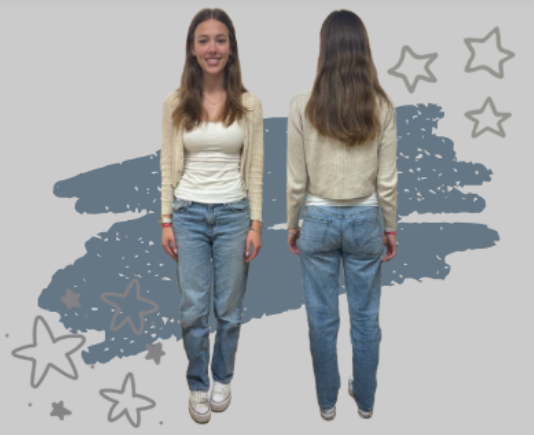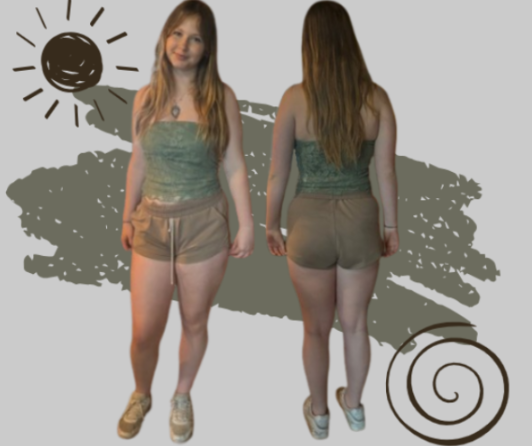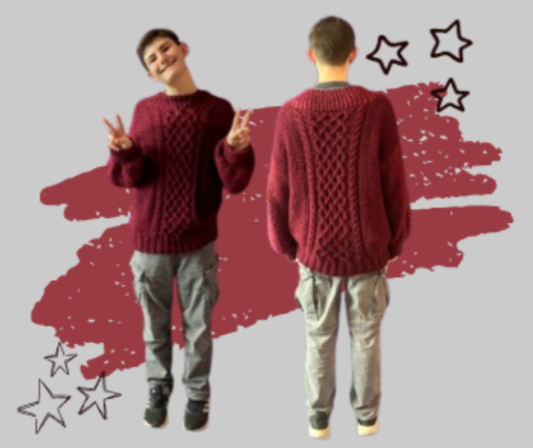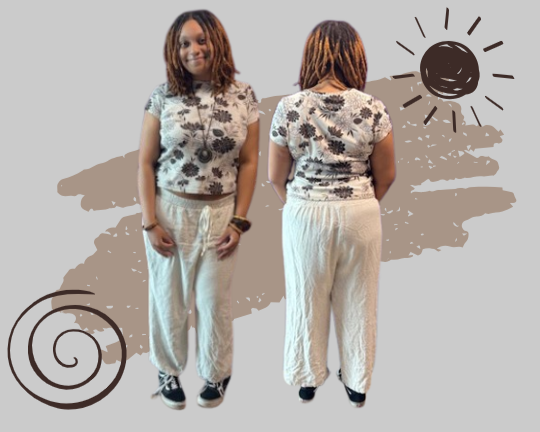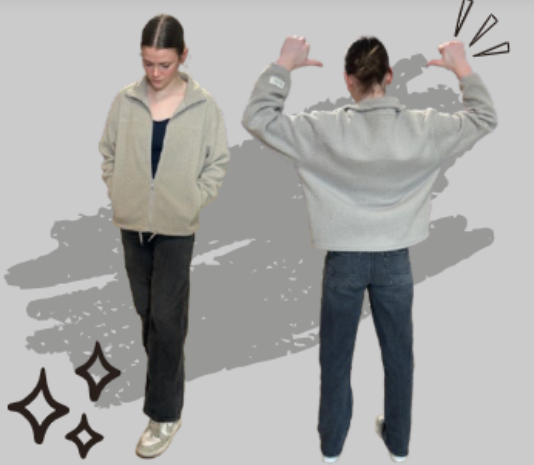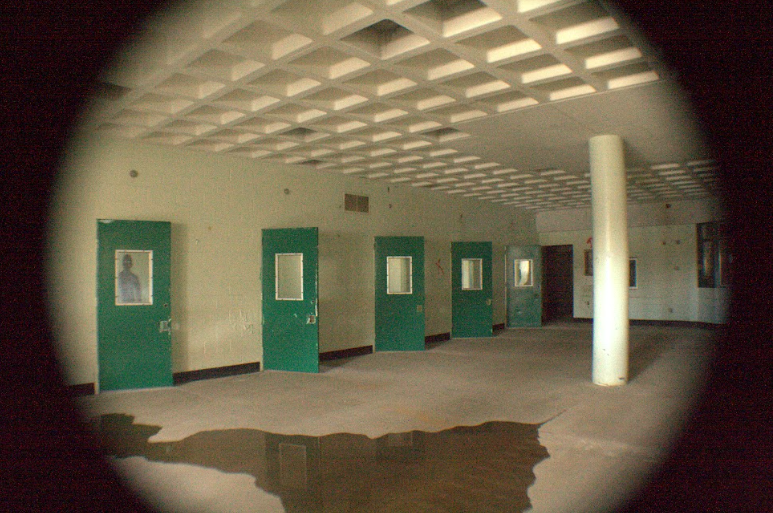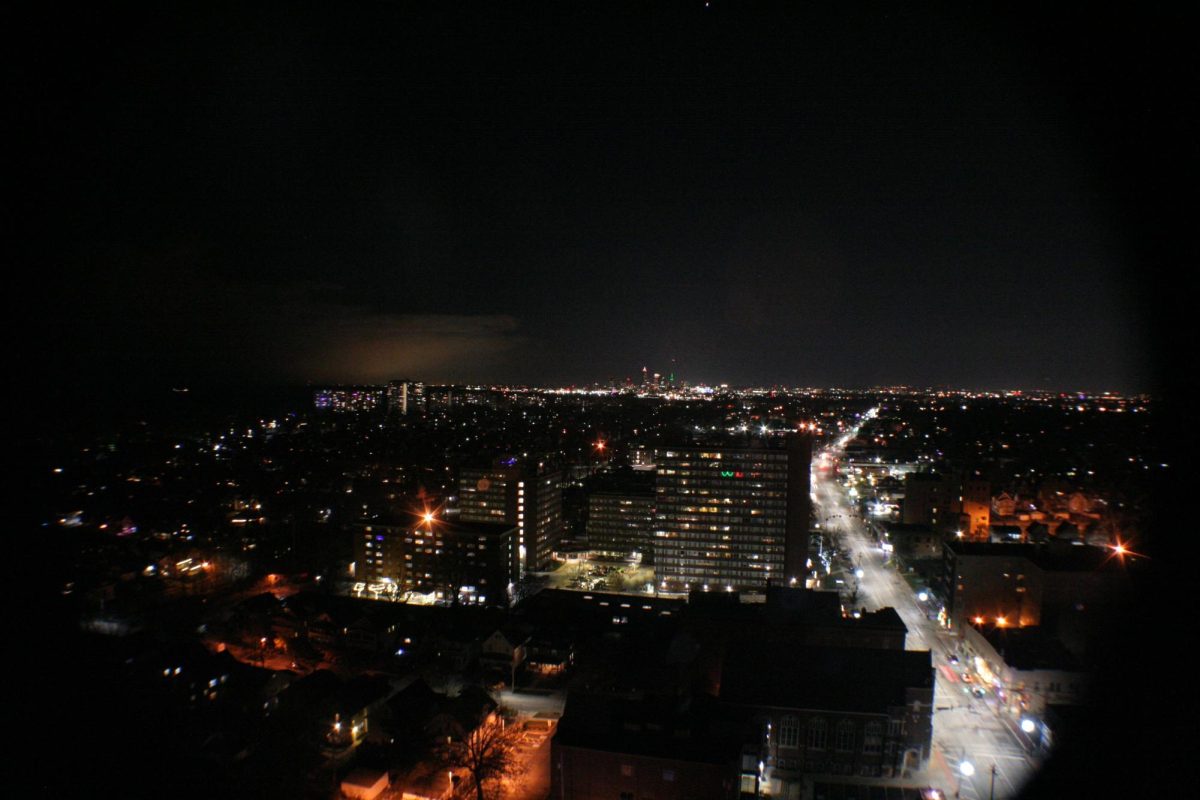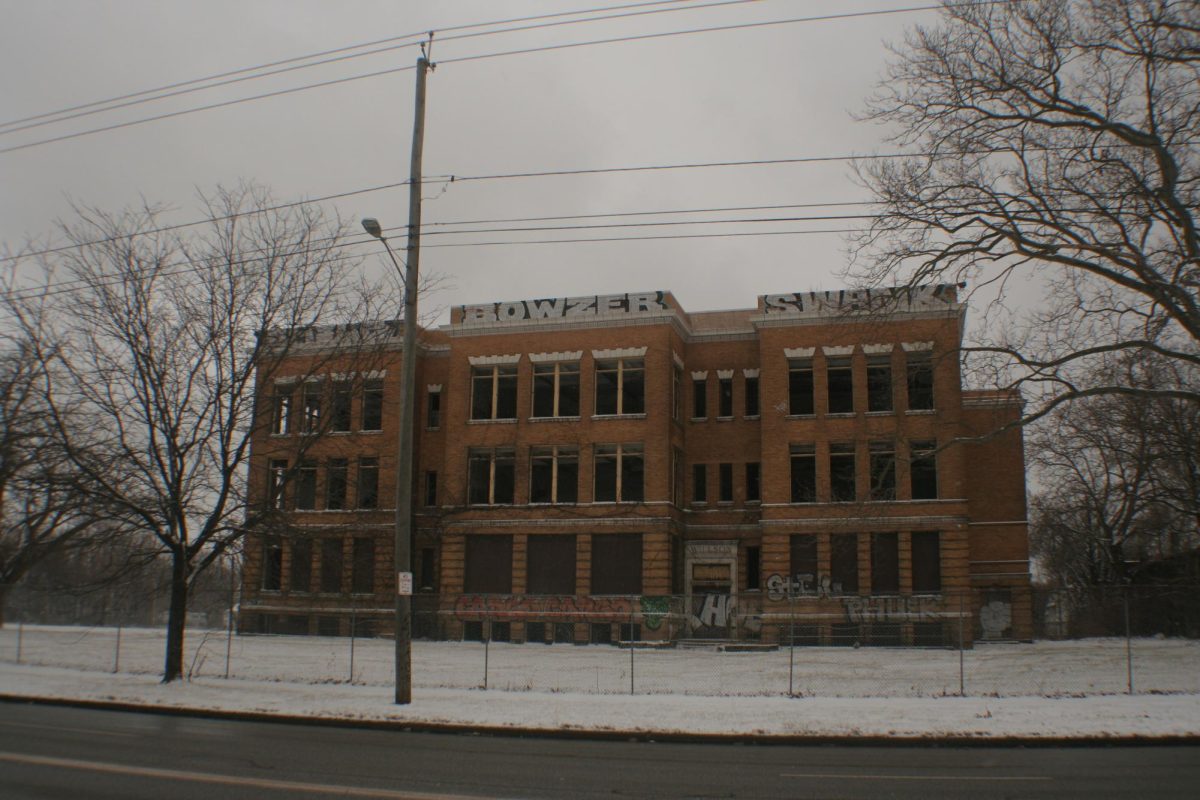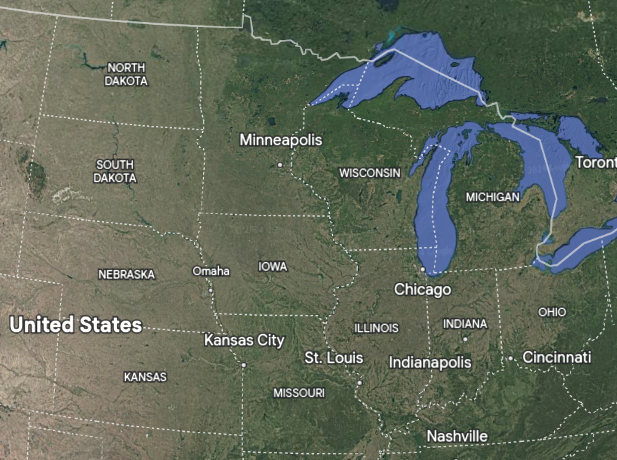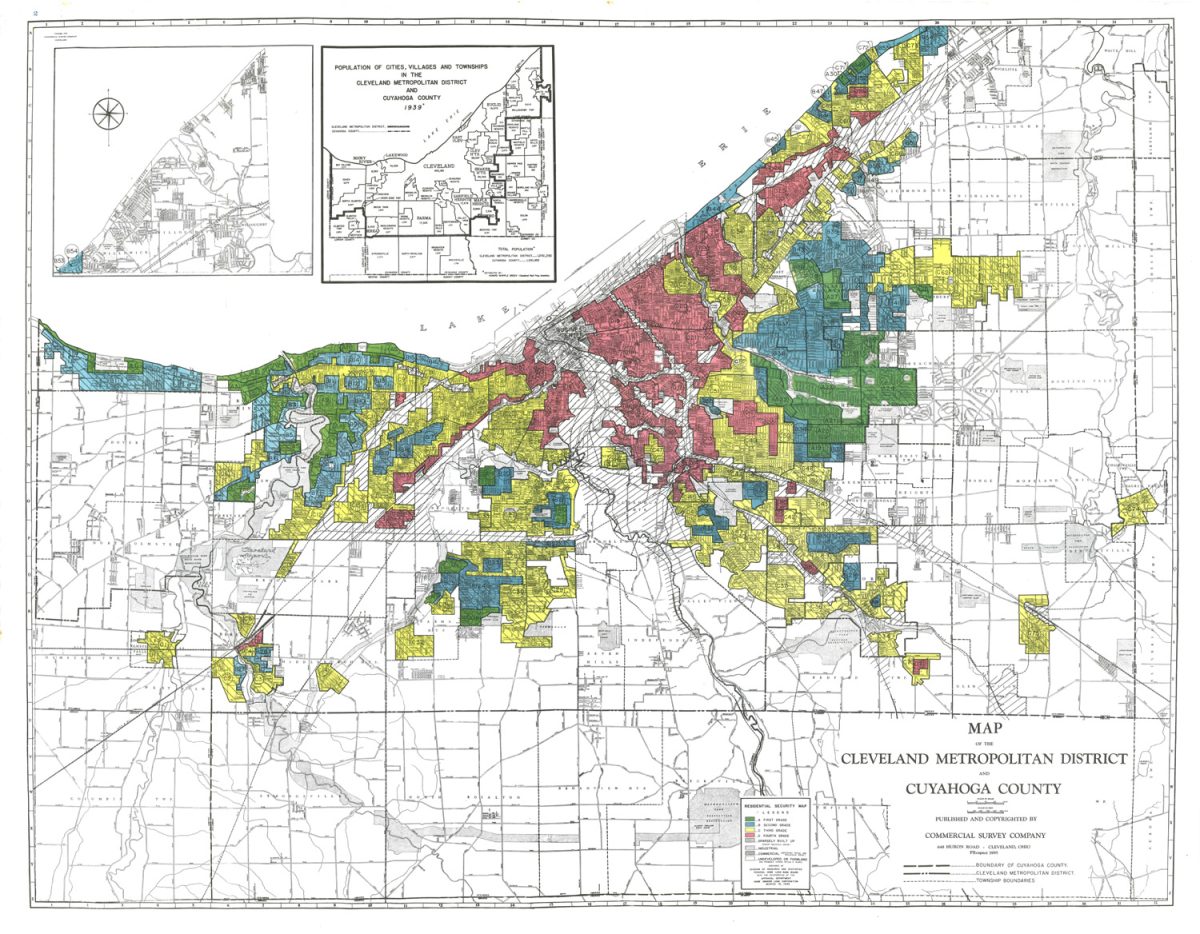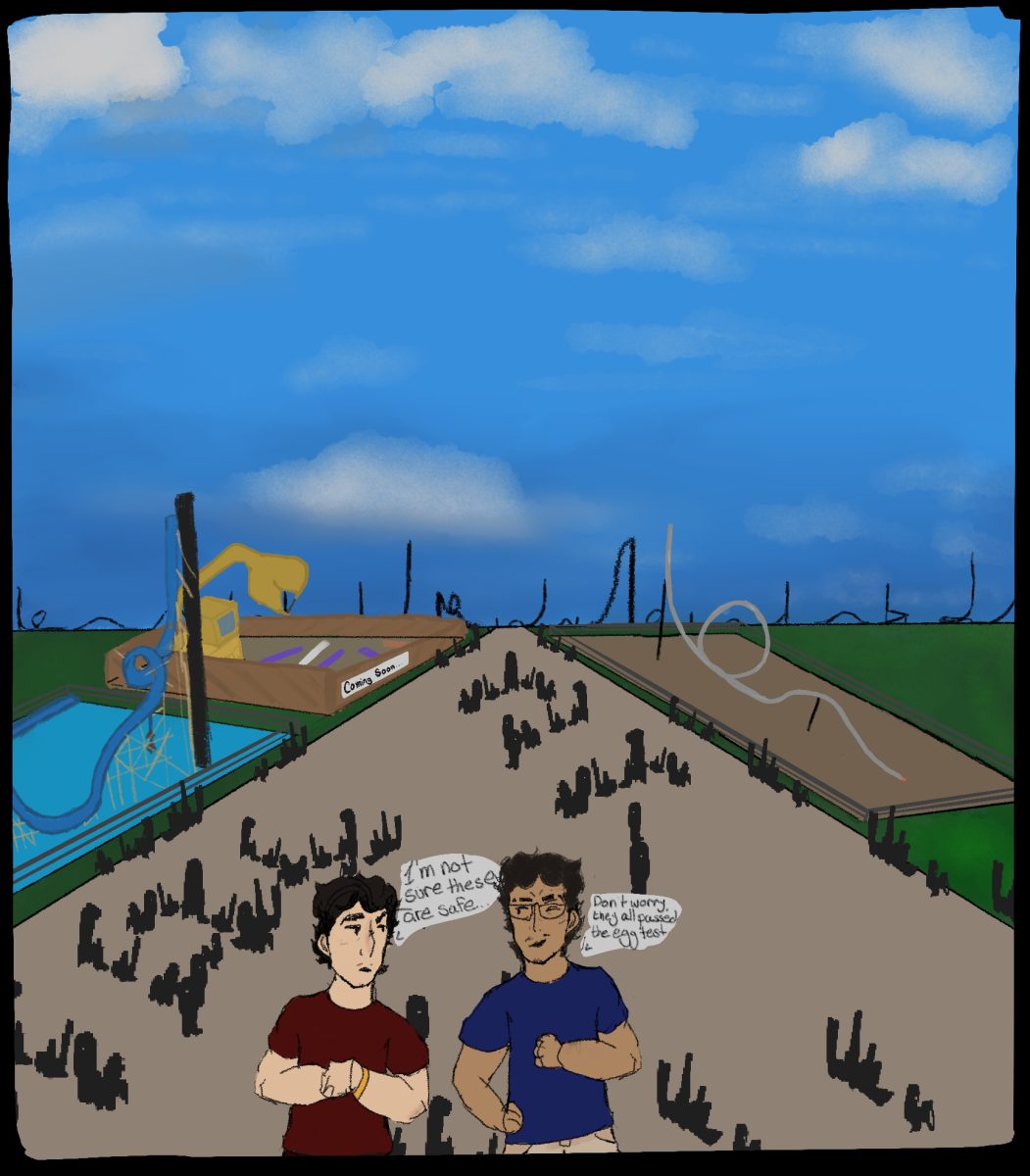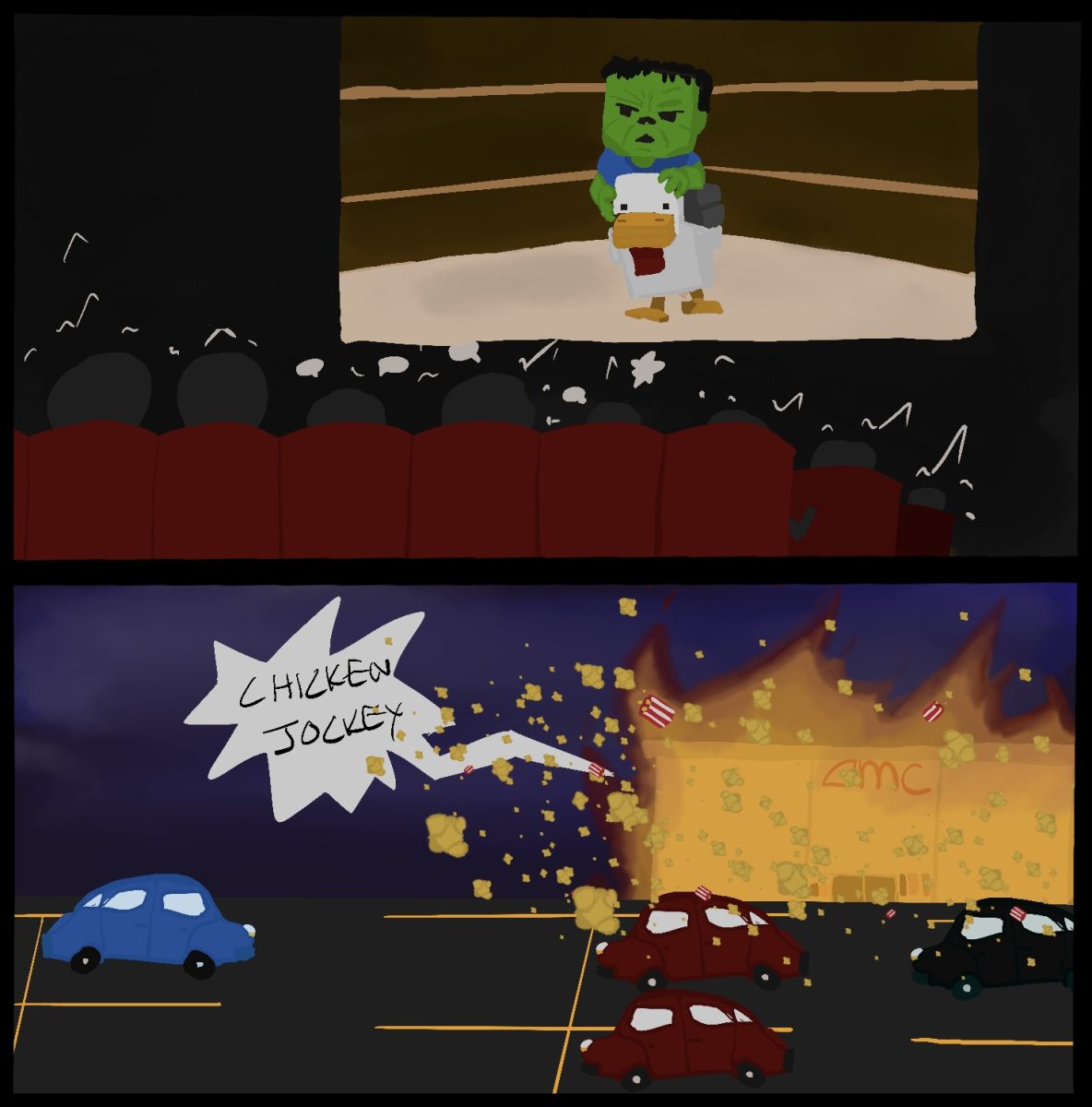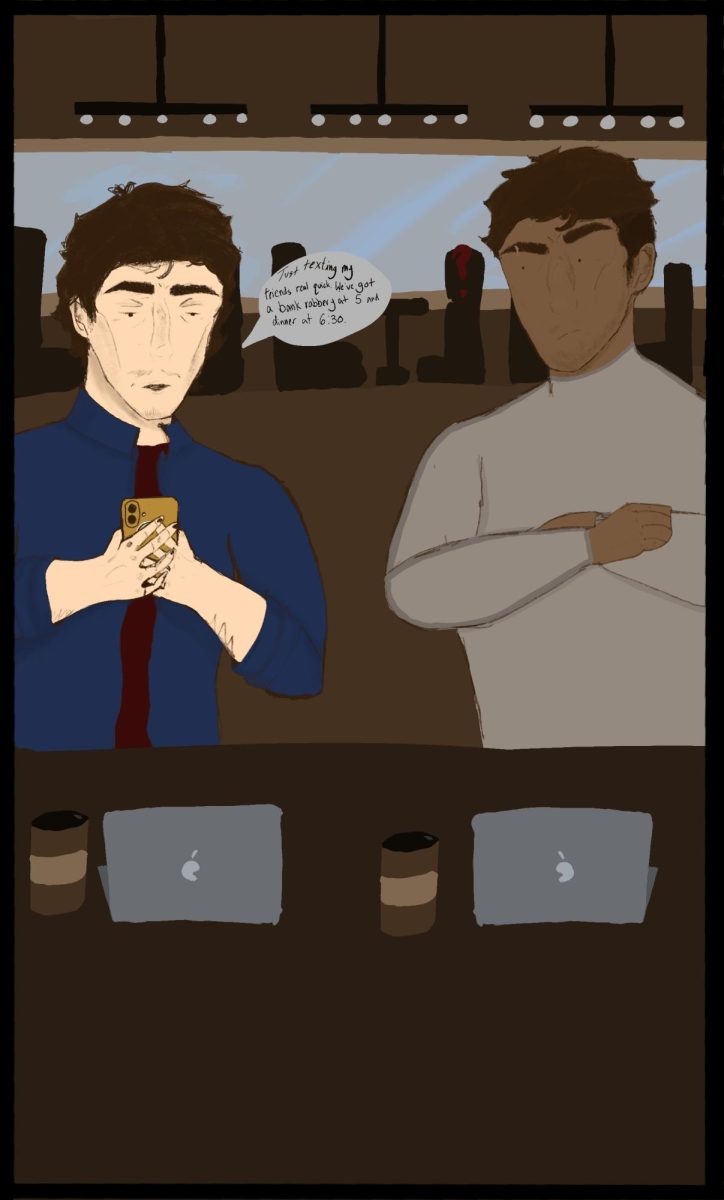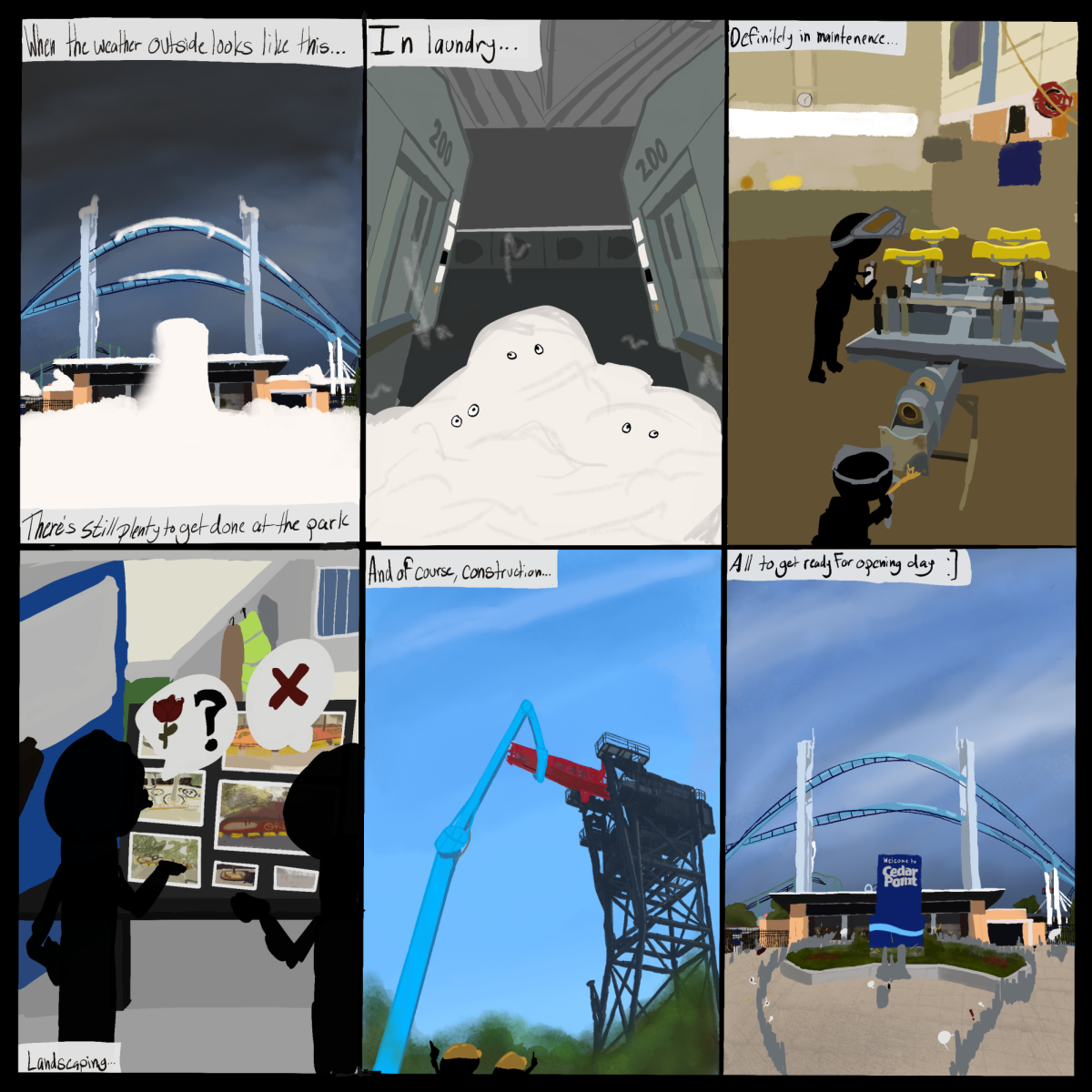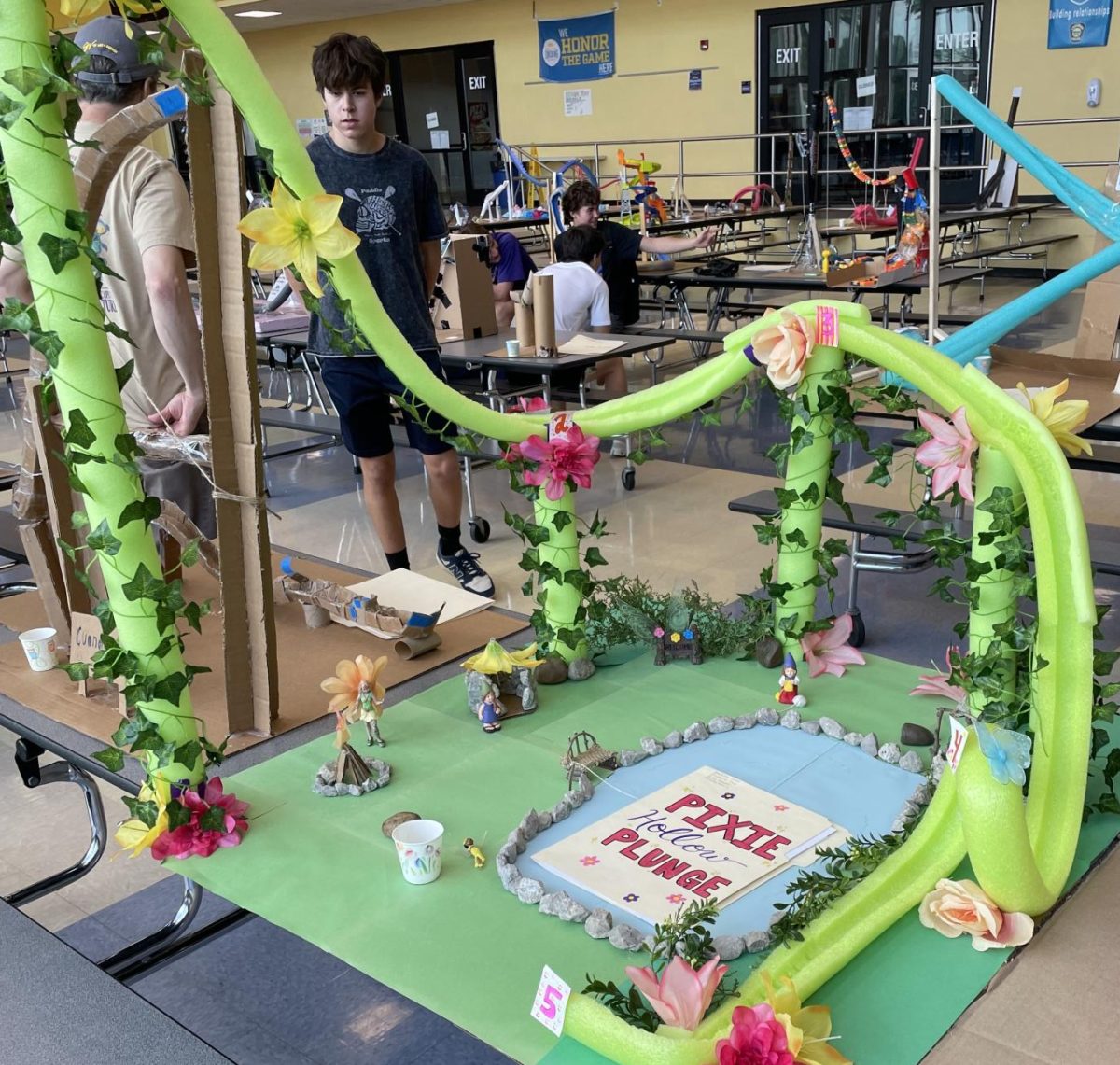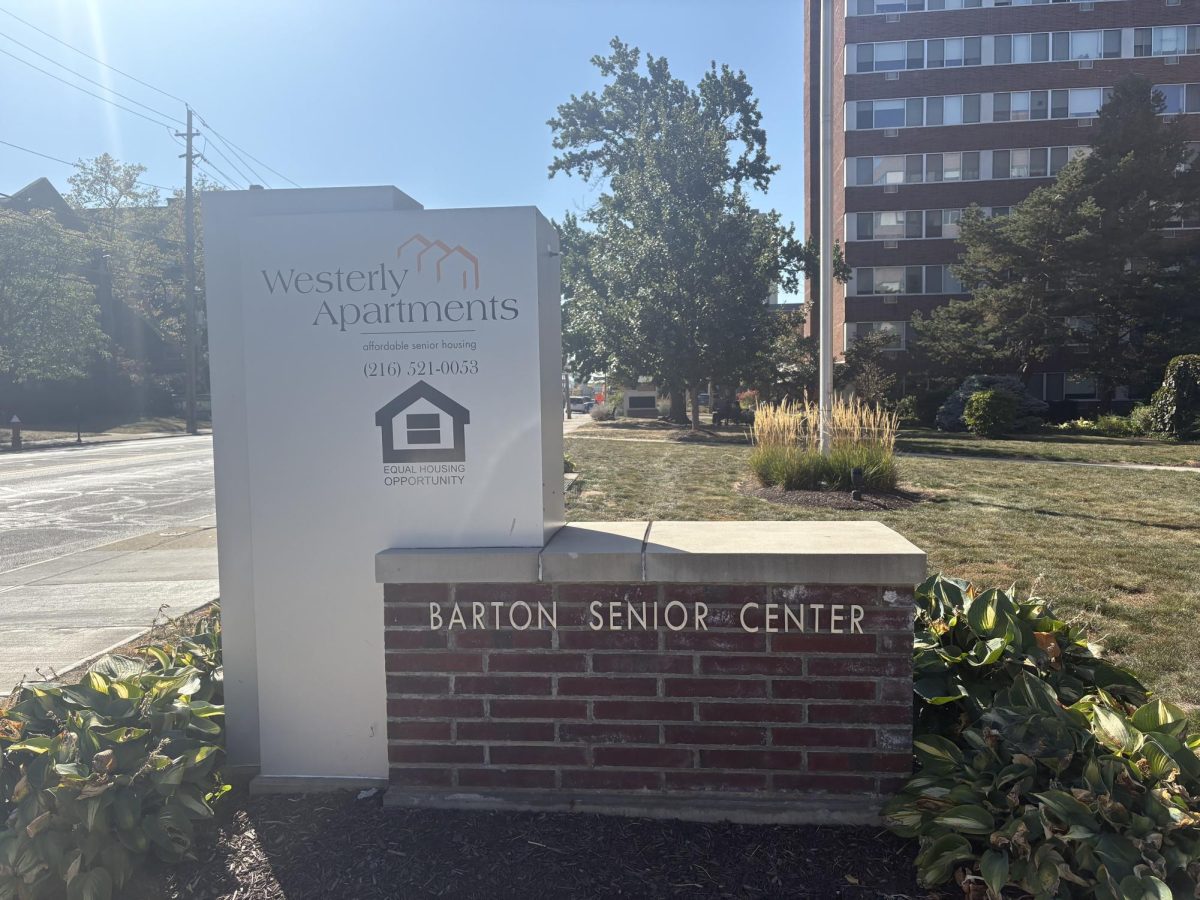On Thursday, May 14, physics teachers David Hille and Jennifer Frend hosted their 25th annual Physics Roller Coaster Open House. The event was full of fun, good food, friendly faces, and lots of roller coasters.
“I really enjoyed seeing everyone else’s coasters and how they designed them,” senior physics student Carter Candow said.
In the physics classes, one of the things they are expected to do is to follow through with one chosen project each quarter of the school year. Their most popular projects are their group projects, which they complete during the second semester of the year. This includes their construction of cardboard boats, which they test at the infamous annual Boat Regatta, and roller coaster models.
“I thought the group projects were good because it was fun doing them, but they were also really time-consuming,” senior physics student Elizabeth Doup said.
“I thought it was definitely easier to construct the coaster than the boat,” Candow said.
Their goal with the roller coaster project is to create a working roller coaster model using their knowledge of physics, creativity, and supplies. Each group is provided with one ball bearing for roller coaster testing during the construction process, but other than that, they must all use their own supplies for the project. The most common items groups tend to use are pool noodles or Hot Wheels race car tracks.
“My favorite part was definitely decorating the coaster and coming up with the theme for it,” Doup said.
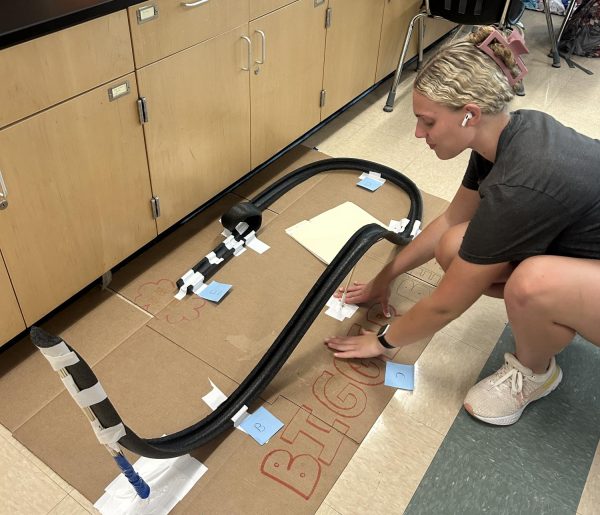
This year, the students were introduced to this project before spring break. From there, the students had to work on their coasters on their own time outside of class to have them completed by May 7 and bring them to school. Then, they used the remaining days following up to May 14 to make any last-minute adjustments, run tests, and complete the required math worksheets for their coasters in class.
Each group has to follow a process for building their coasters. They must first design a blueprint of their coaster before constructing it as part of their Pre-Lab. From there, they can begin to build their coaster following the project’s requirements. The limitation is that each coaster’s height, length, and width must all be under 1 meter. The coaster must also have either a loop or a corkscrew that goes upside down, a second elevation, and be able to stand on its own.
“We got frustrated at some points when building it, like when the ball wouldn’t make it over our second elevation at first,” Candow said.
Once the groups construct their coasters, they can test them with a ball bearing or marble that they borrow from either Hille or Frend. Then, once they bring the coasters to class, they must perform the Egg Test. In this test, groups will place an egg at the end of their coasters and then let their ball bearing run through the coaster. If the ball bearing cracks the egg at the end, their coaster does not pass the test.
“The parts that got frustrating were trying to find the perfect angle and curve for the coaster so that the ball bearing didn’t fly off the side,” Doup said.
On May 14, students must have their coasters constructed, tested, and their required math worksheets completed. Then, each coaster is brought from the physics classrooms down to the cafeteria for the Physics Roller Coaster Open House. The open house began at 5:30 pm and ended at 7:00 pm.
At the event, any person is allowed to attend for free to see what the students have been working on and get the chance to personally test their coasters. Hille and Frend also bring food to the event for people to enjoy, including pizza, cake, chips, cookies, and other snacks.
“It’s fun seeing all the people come in trying the coasters, especially the little kids,” Frend said.
Hille and Frend highly encouraged physics students to attend and bring guests to the event. Not only would they be able to see and test their peers’ coasters, but they would also receive extra credit on the project.
“It was just a lot of fun to test everyone’s roller coasters and see like all the creative parts of them,” Candow said.
During the open house, Hille and Frend run an election on different categories for coasters that attendees can vote for. These categories include Most Creative, Most Stylish, Best Design (safest for a passenger), and Best of Show (the best overall coaster at the open house). The groups that win a category receive 25 extra credit points on the project. The winners of this year’s open house include:

Most Creative – Fast Ball (Christopher Hanna-Kotula, Chris Mathaios, Michael Burke, and Tyler Volcansek)
Most Stylish – Ocean Commotion (Ava Watts, Anna Maurer, Jane Wagle, and Eva Wischhusen)
Best Design – Fast Break Fury (Luke Bonvissuto, Mo Abuzahriyeh, Lucas Seguine, and Luke Vanucci)
Best of Show – Pixie Hollow Plunge (Madison Comer, Elizabeth Doup, Riley Forster, and Paisley Norris)
“I was surprised but also happy to win the Best of Show award,” Doup said. “We put a lot of work into the decoration and design of the coaster, so it felt well deserved.”
The roller coaster project marks the last of the four projects that physics students must complete throughout the year. After that, the students then get to attend Cedar Point for a fun day of applying their knowledge from this project to actual coasters and riding said coasters.
The projects the students complete are highly significant to the physics classes. They’re an excellent way for students to apply concepts to real-life scenarios, not just word problems or math equations on paper. These projects are also a big attraction to underclassmen deciding on a science course to take, and even to people who aren’t students at the high school. Although students may either like or dislike the projects, it is clear that they are not going away any time soon, and for good reason.
“Overall, I think the projects were important, but they definitely took a lot of time,” Doup said.
“I mean, they’re fun projects,” Frend said. “Some students may complain, but in the end, I think they overall enjoy doing them.”
